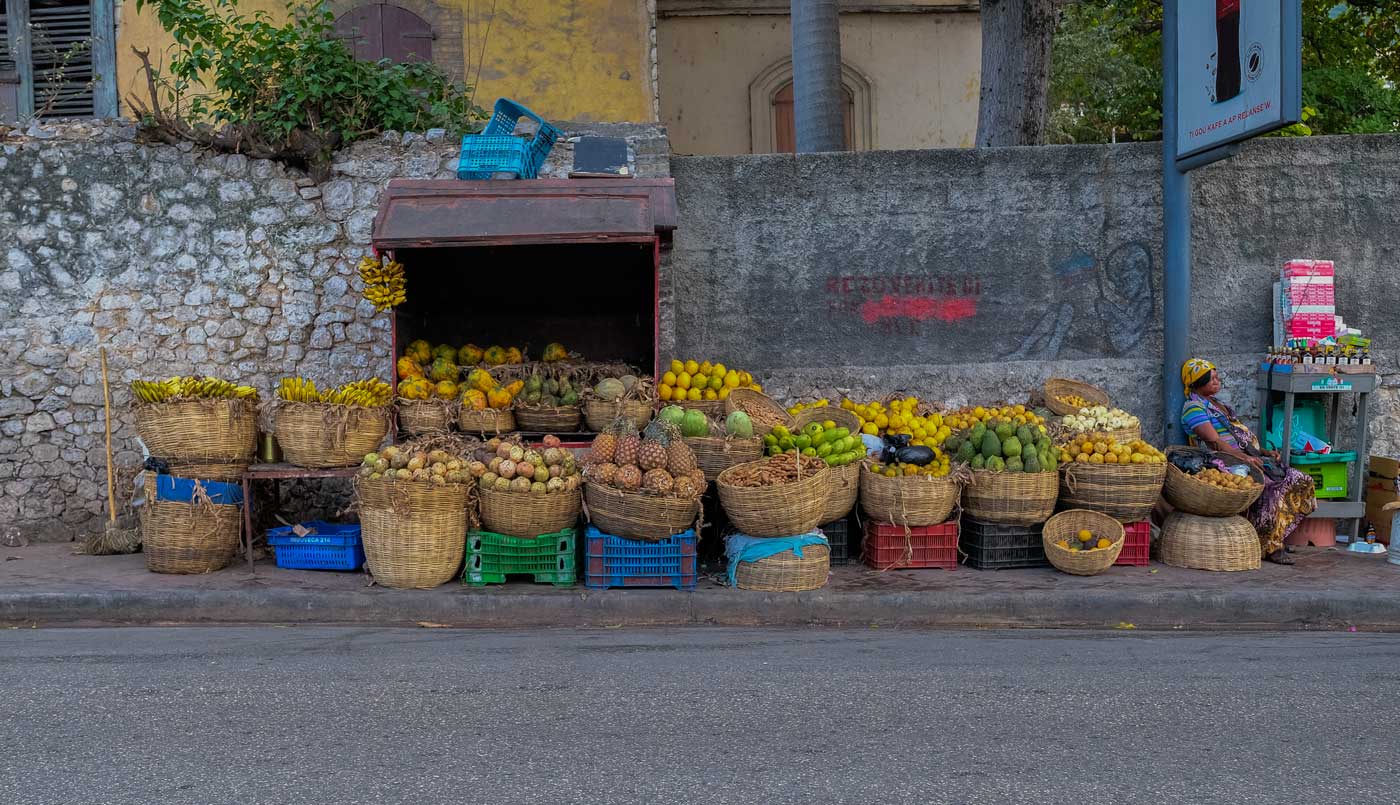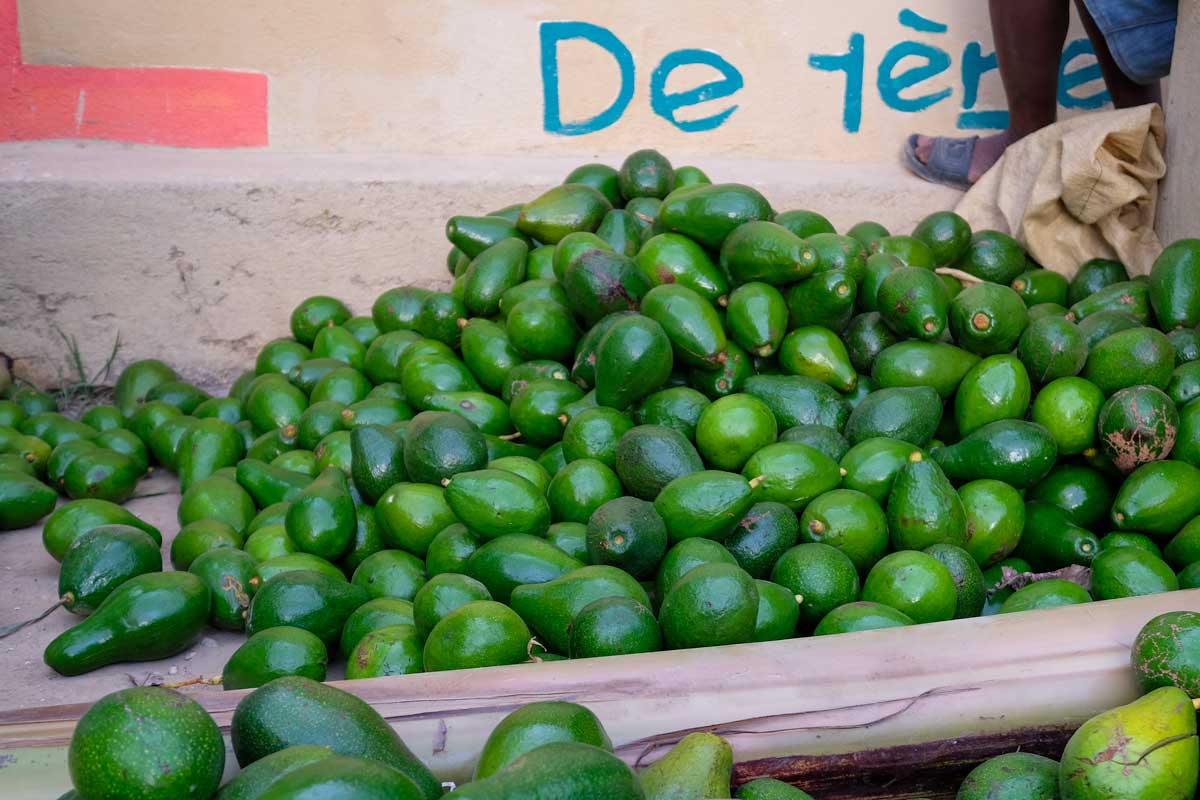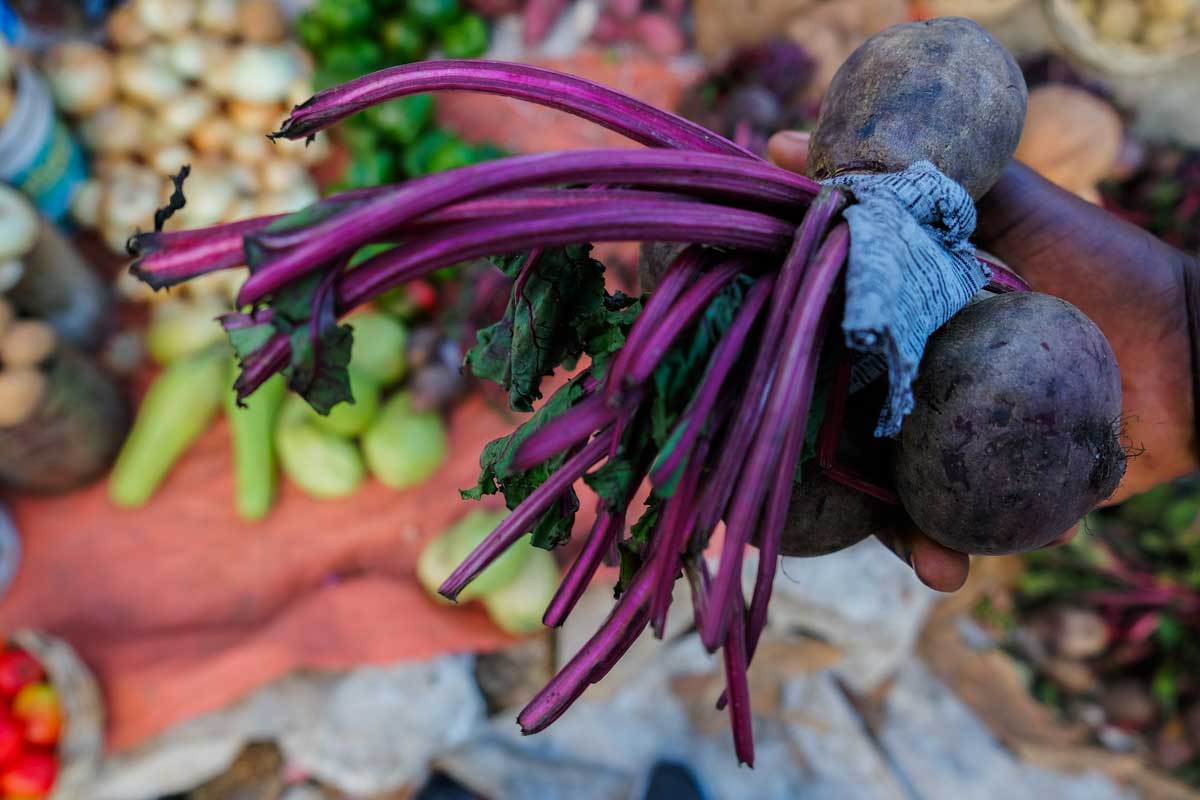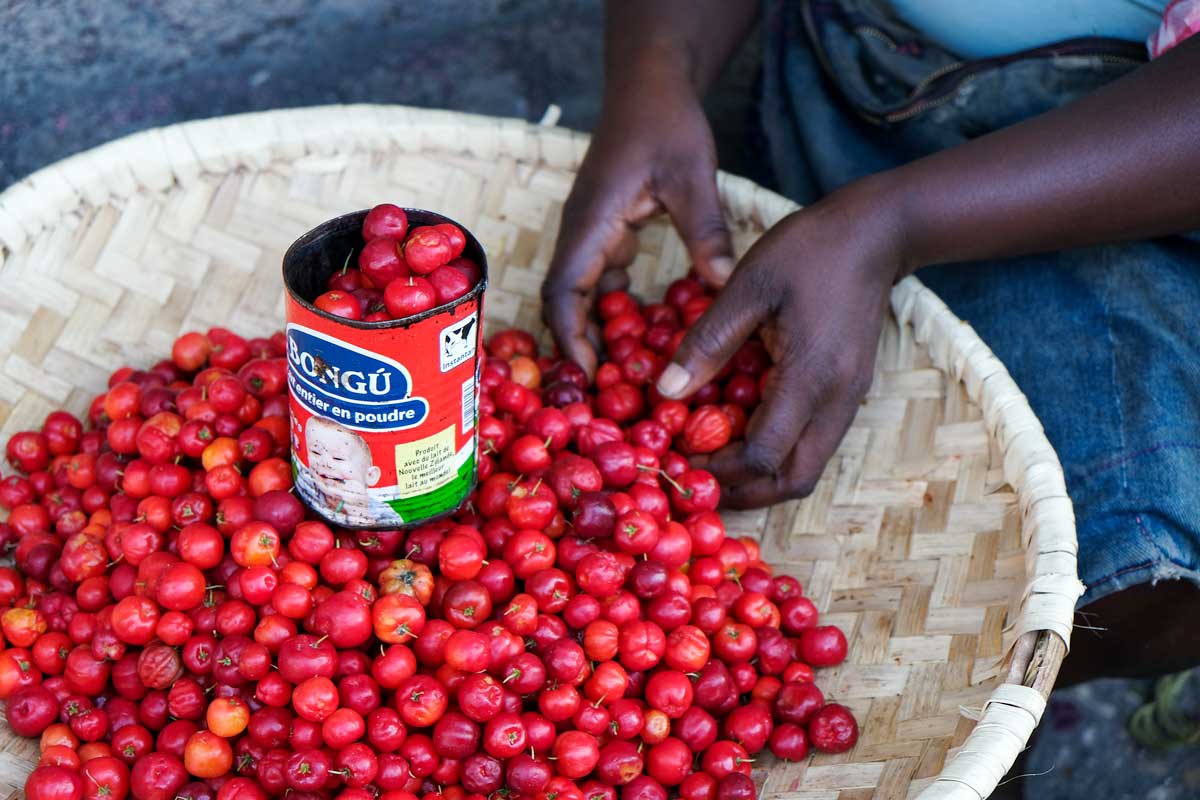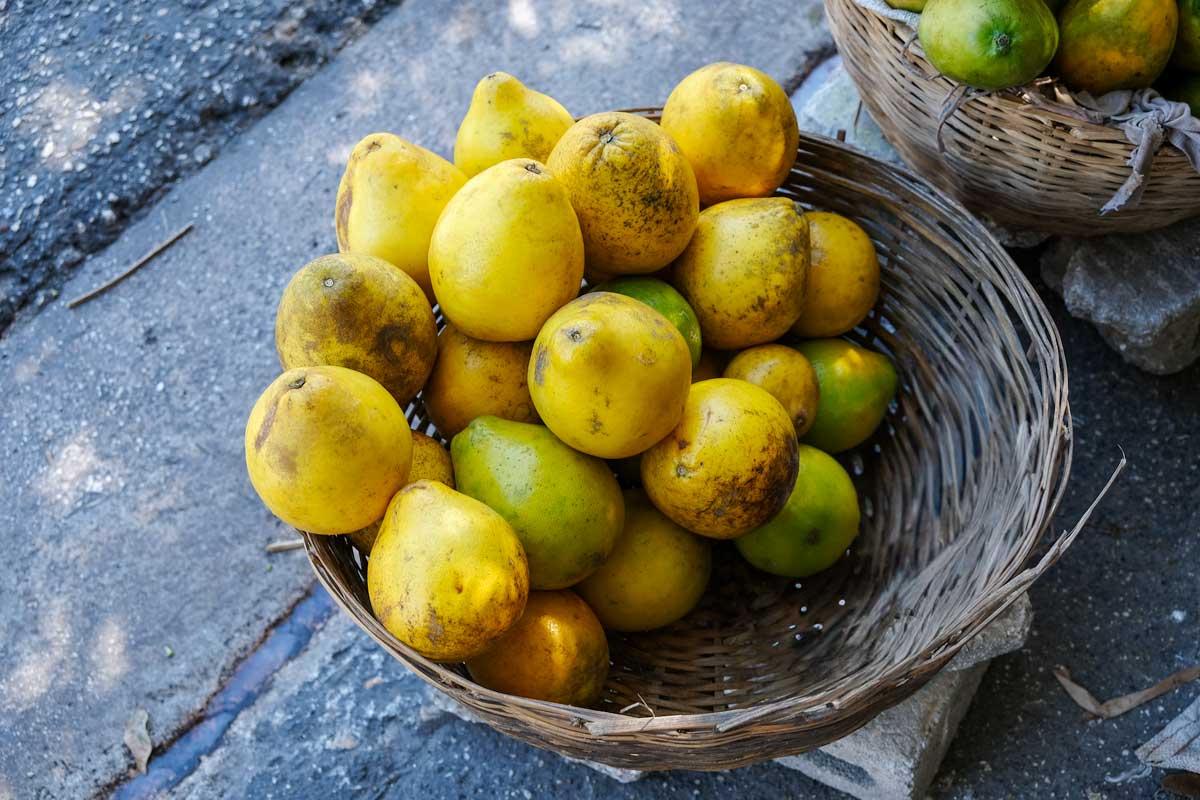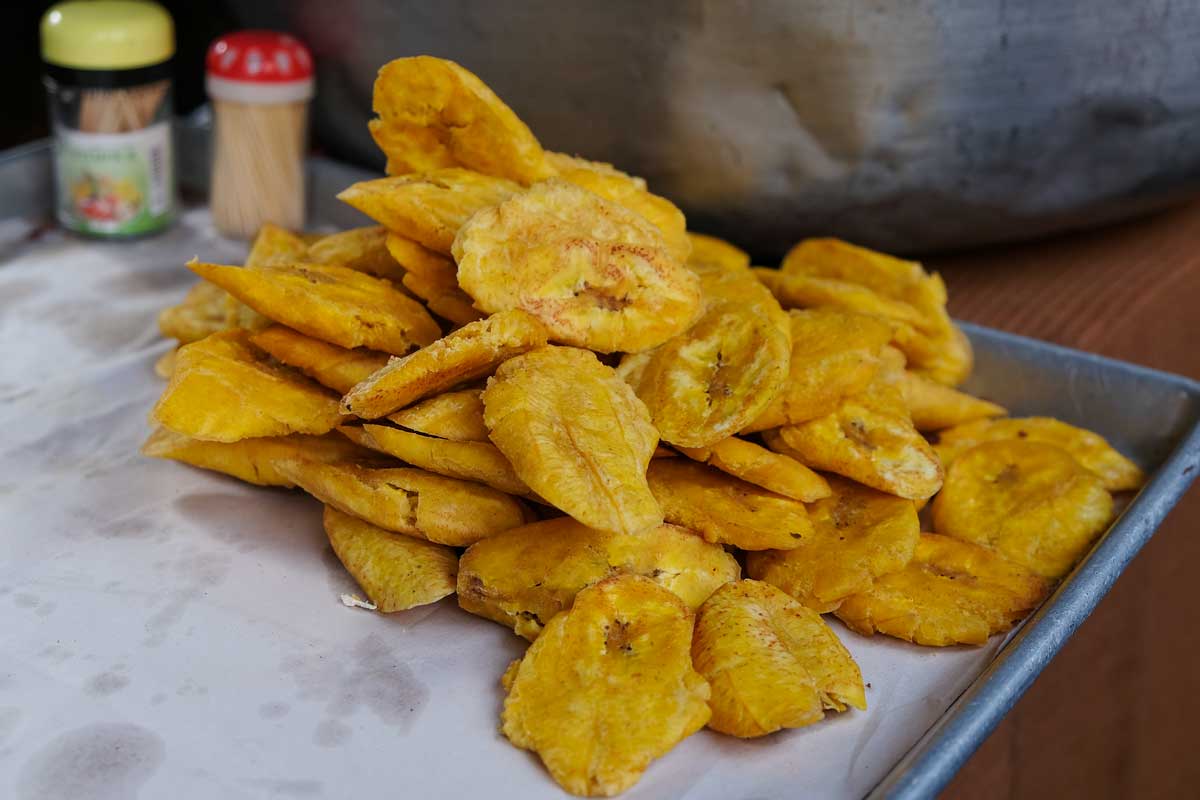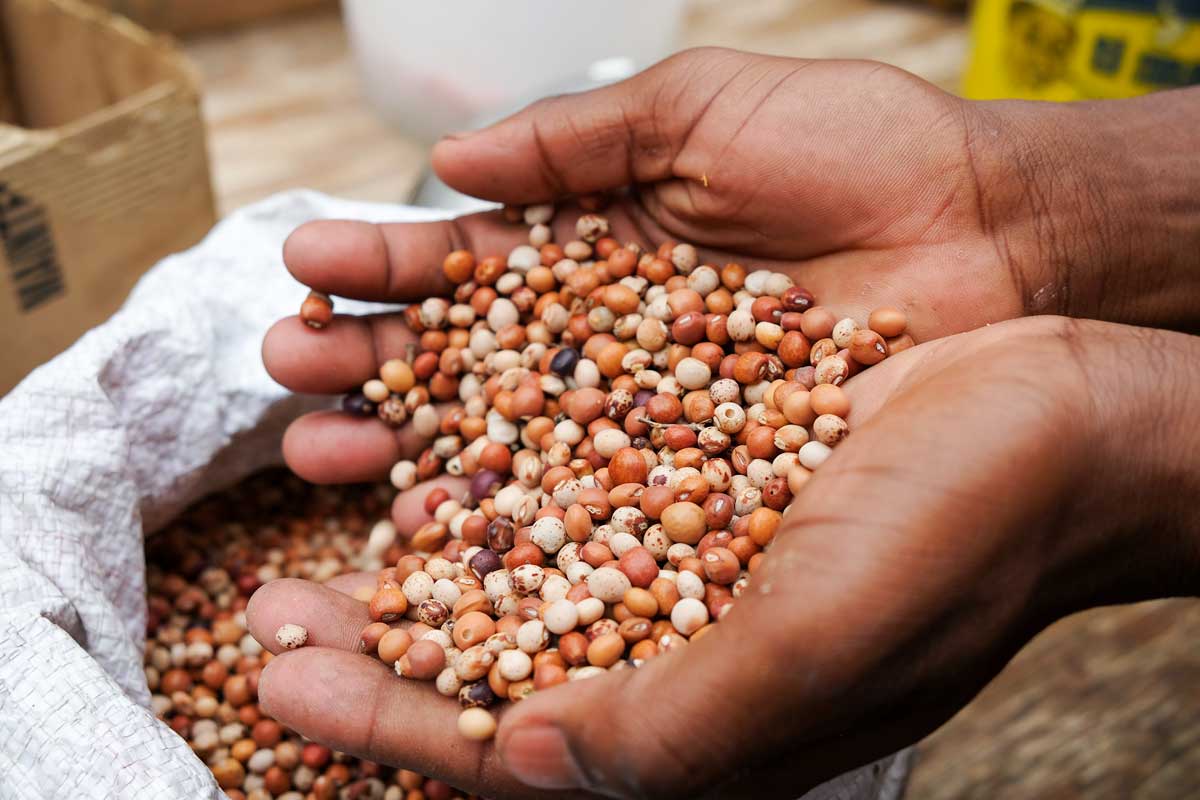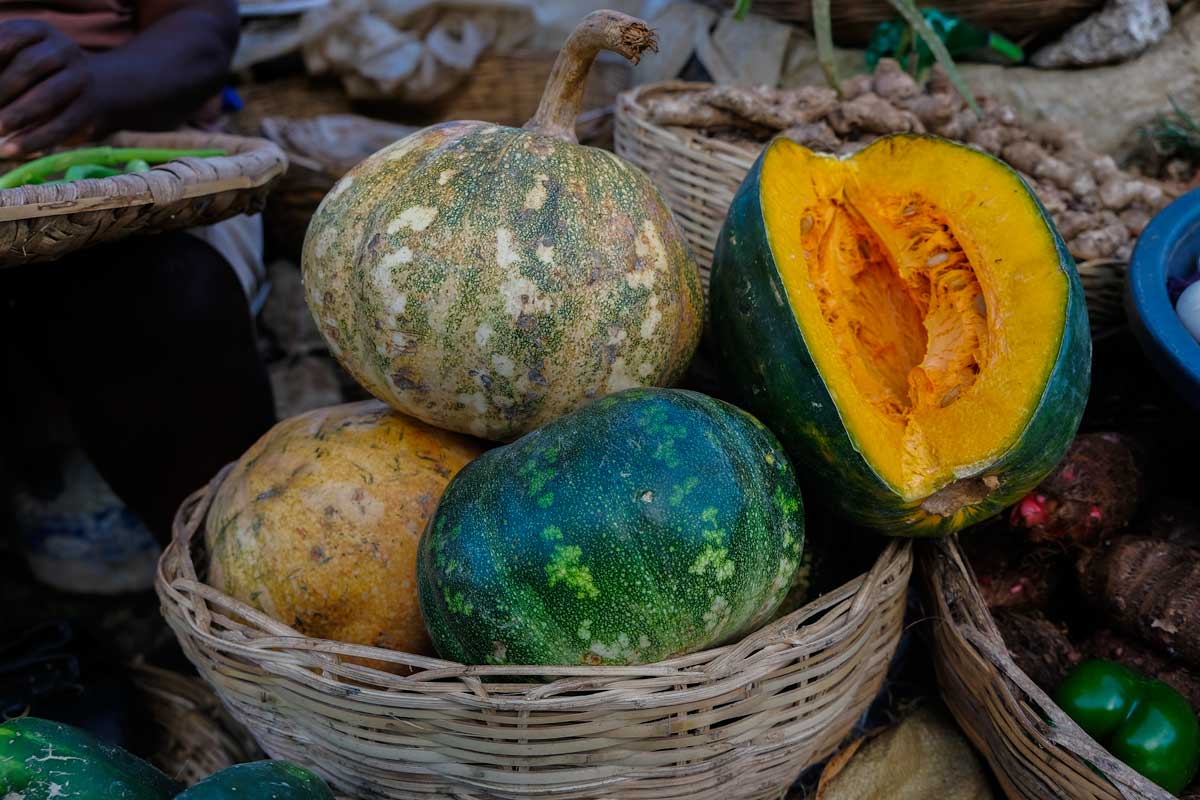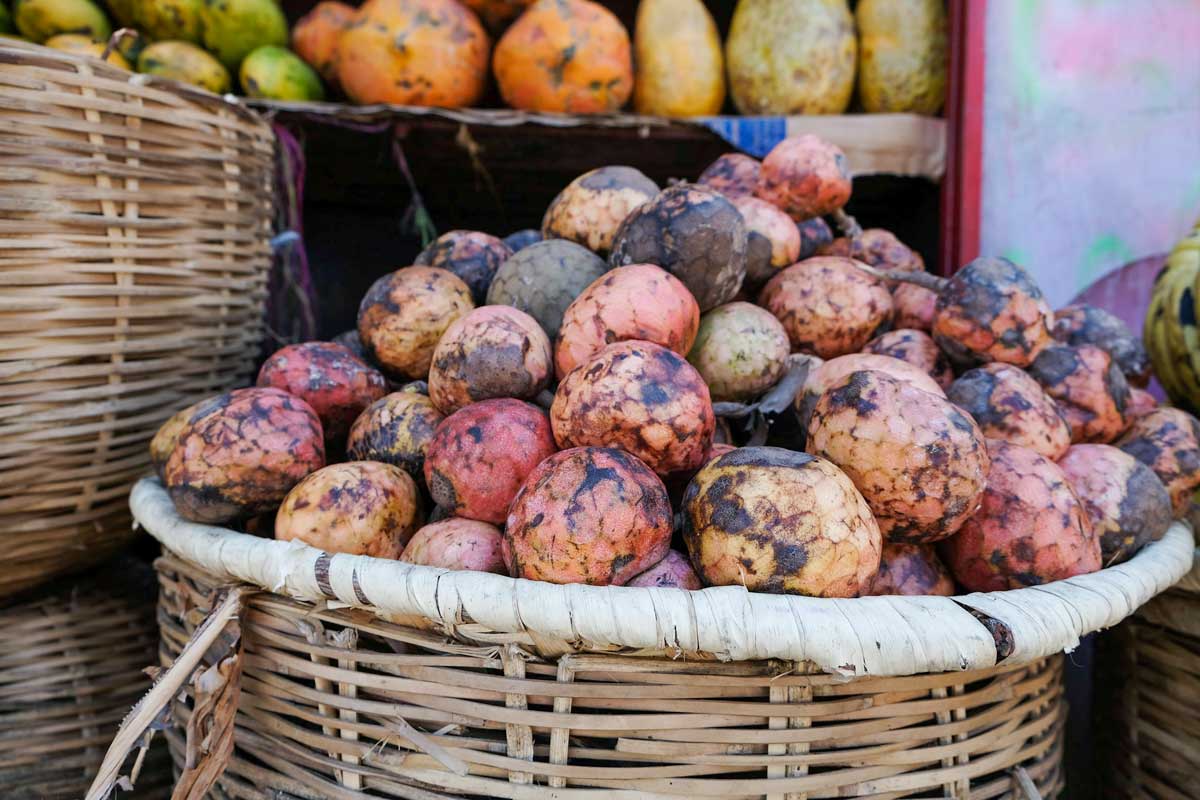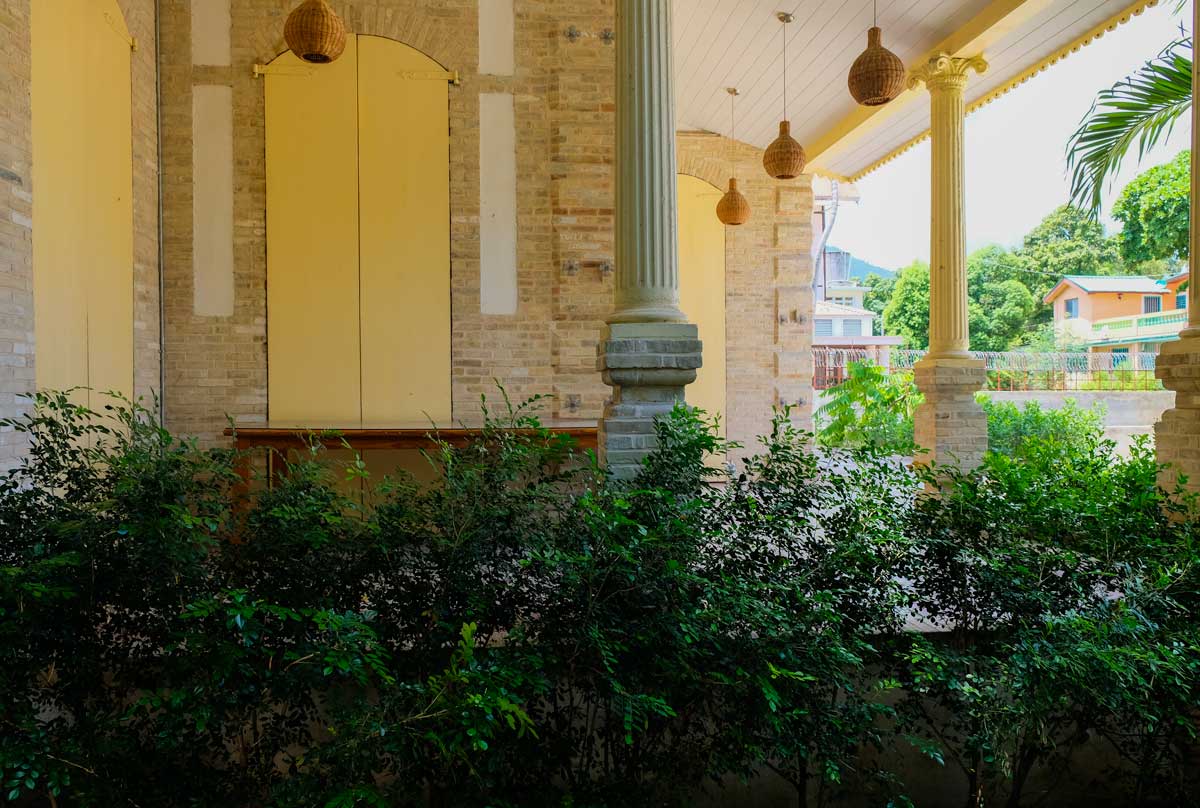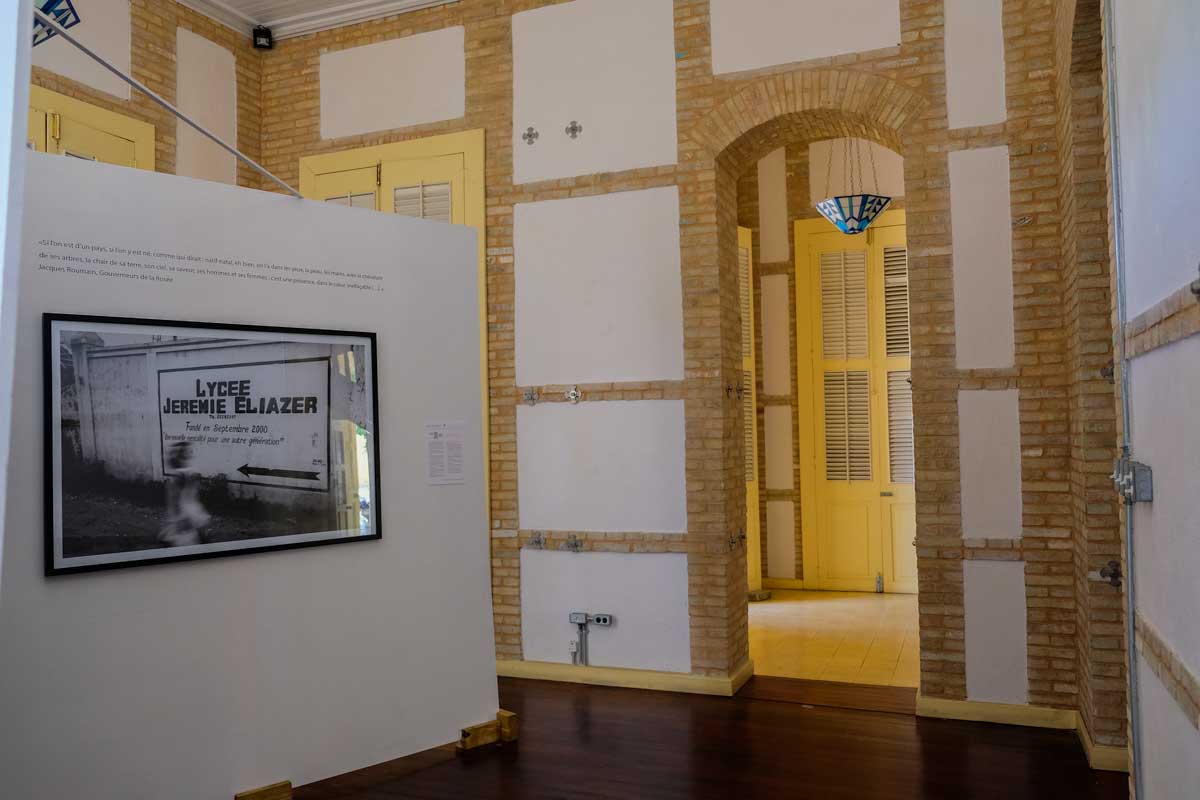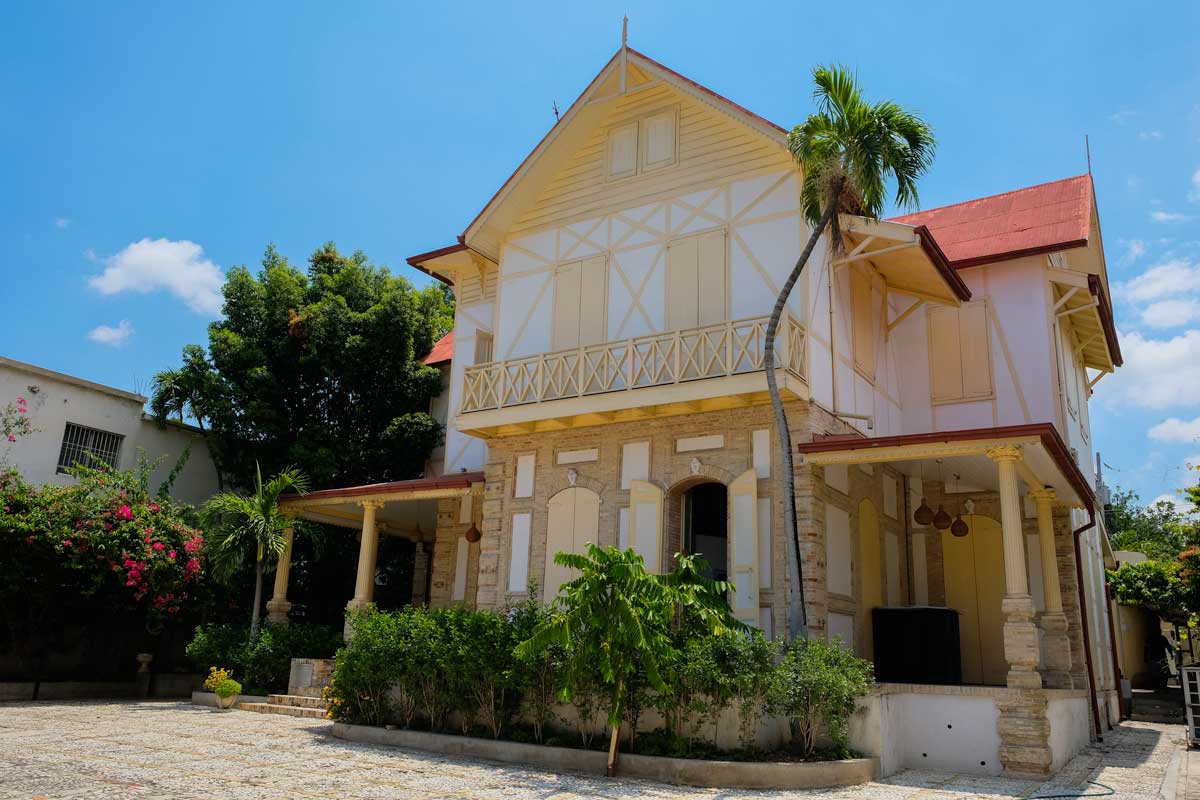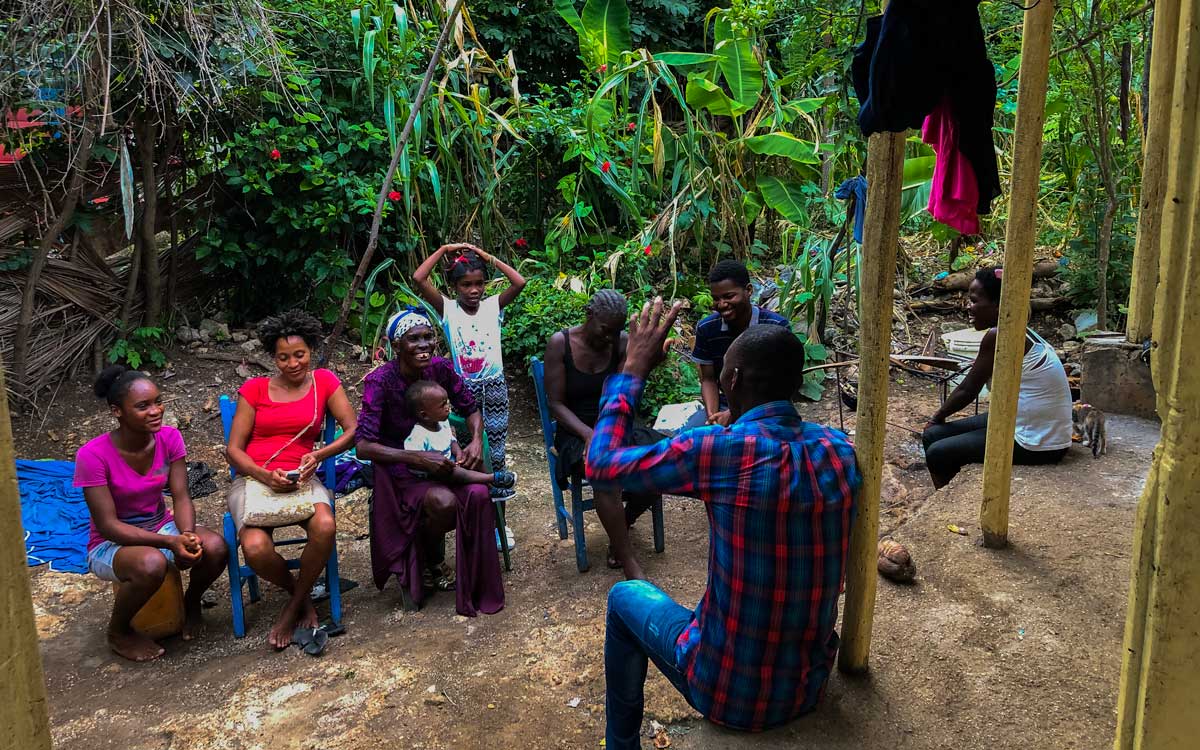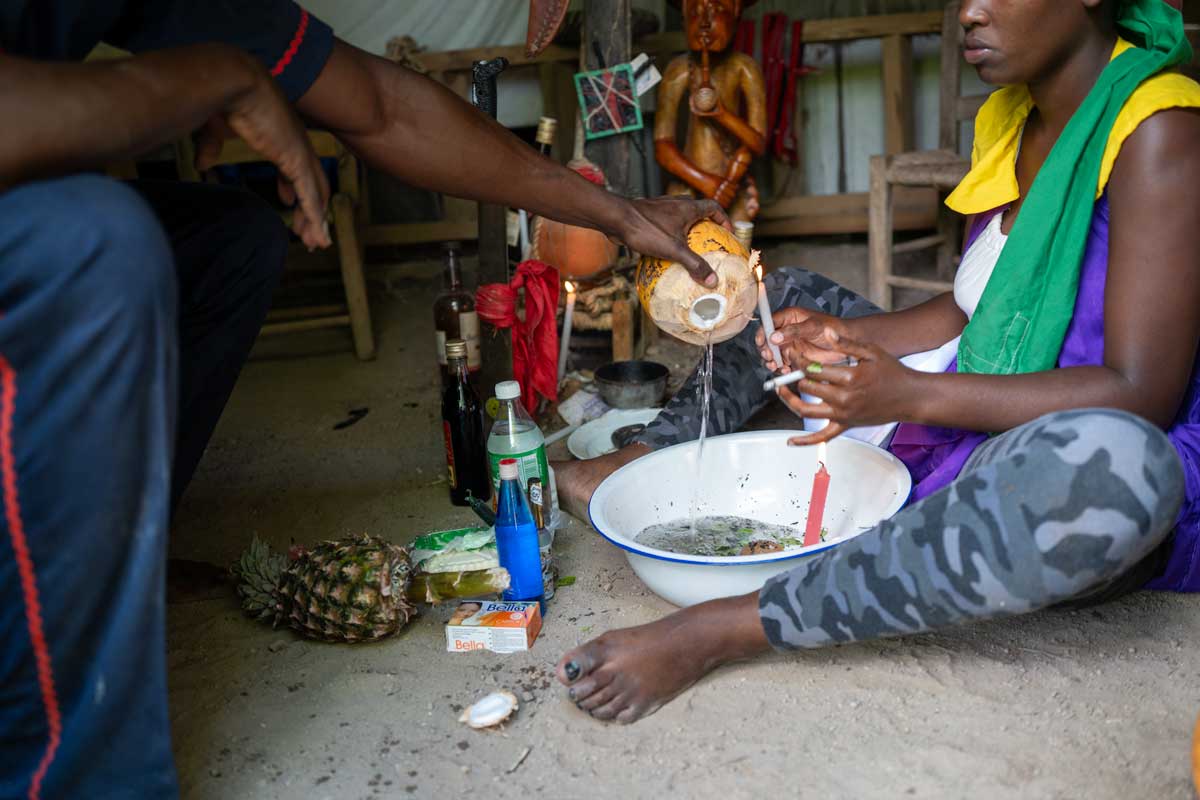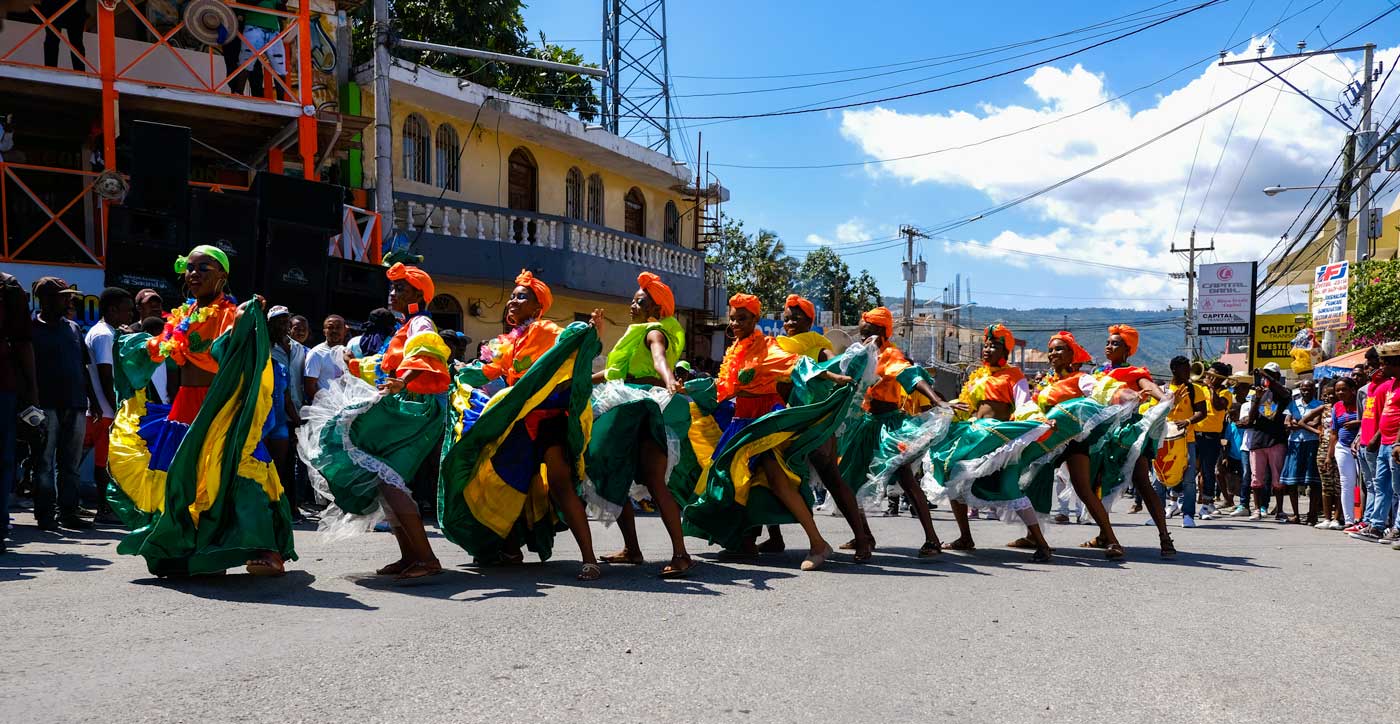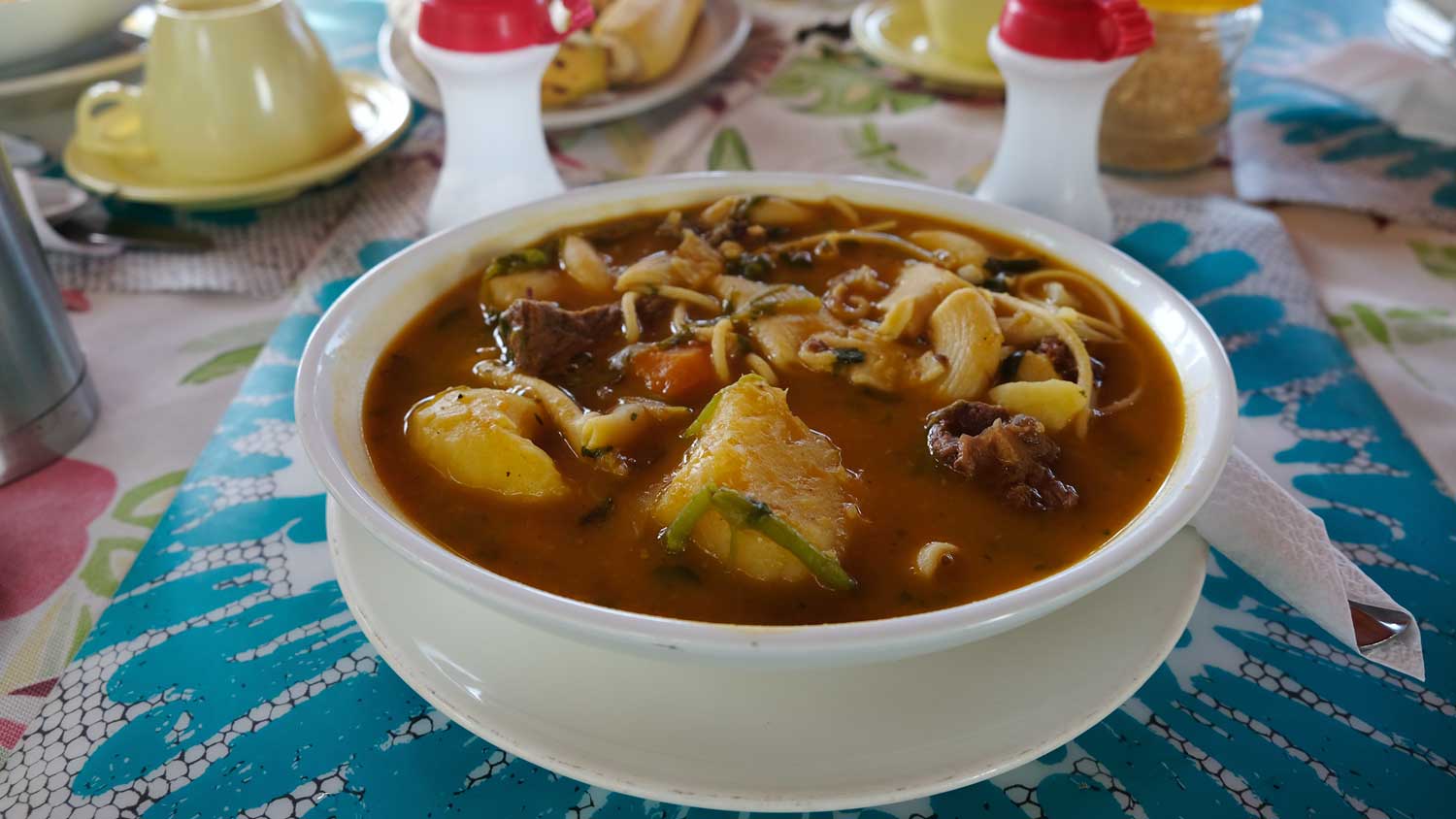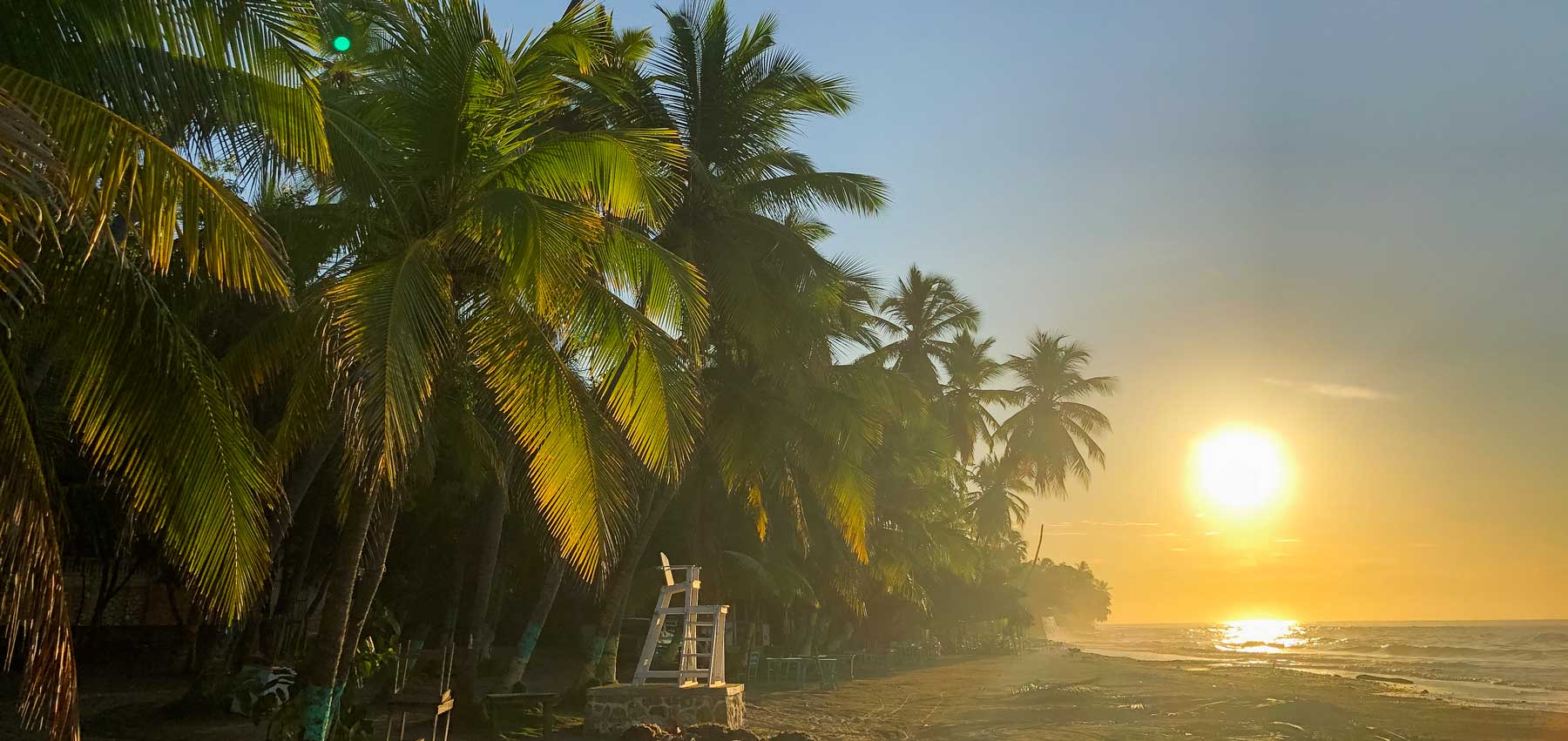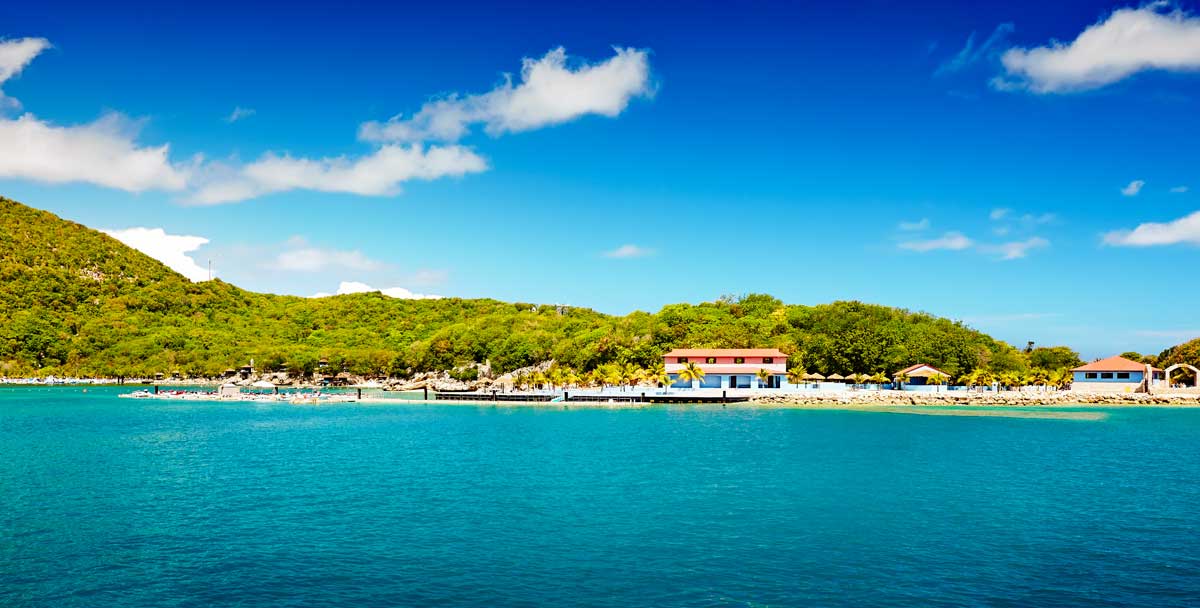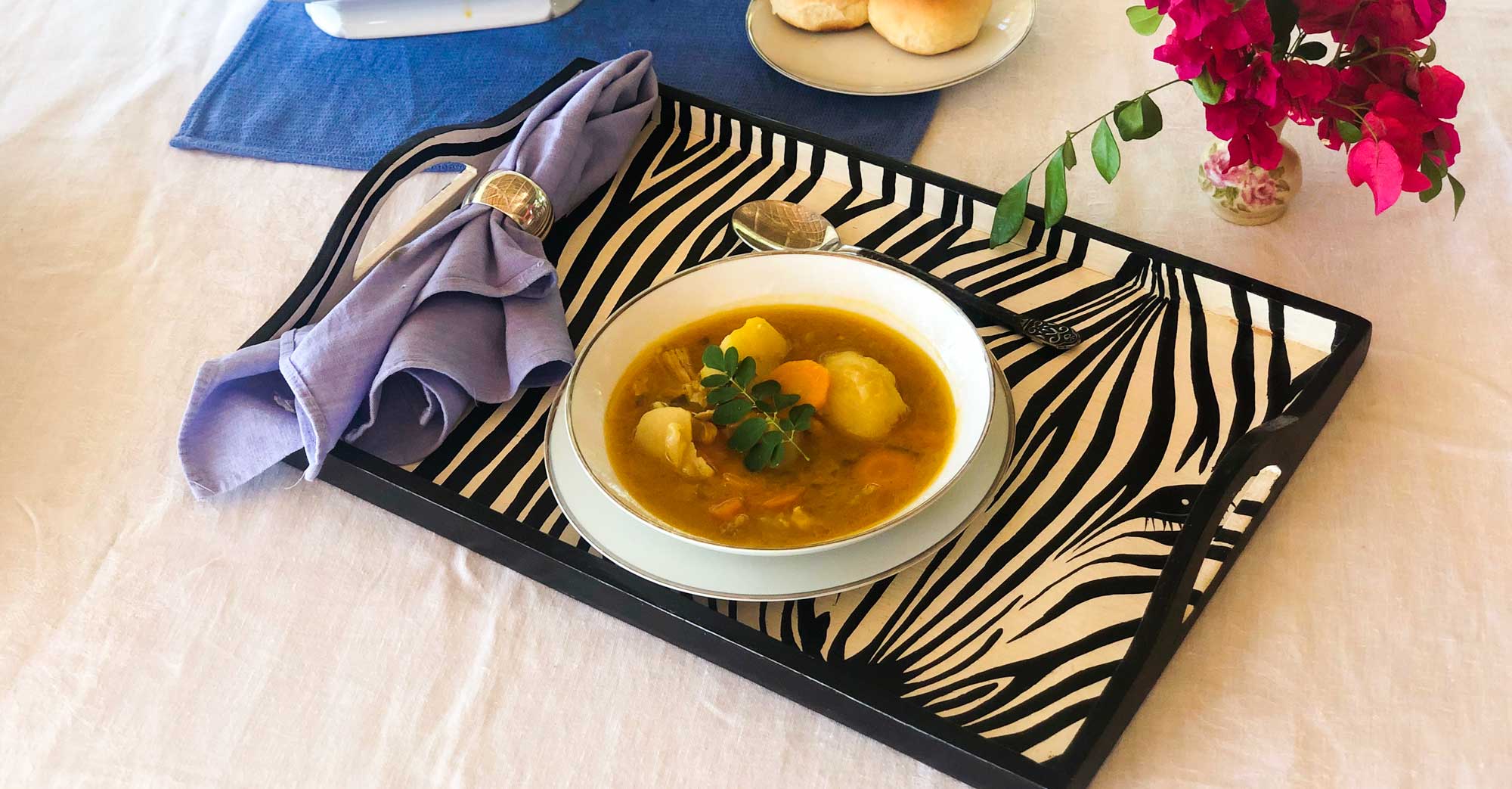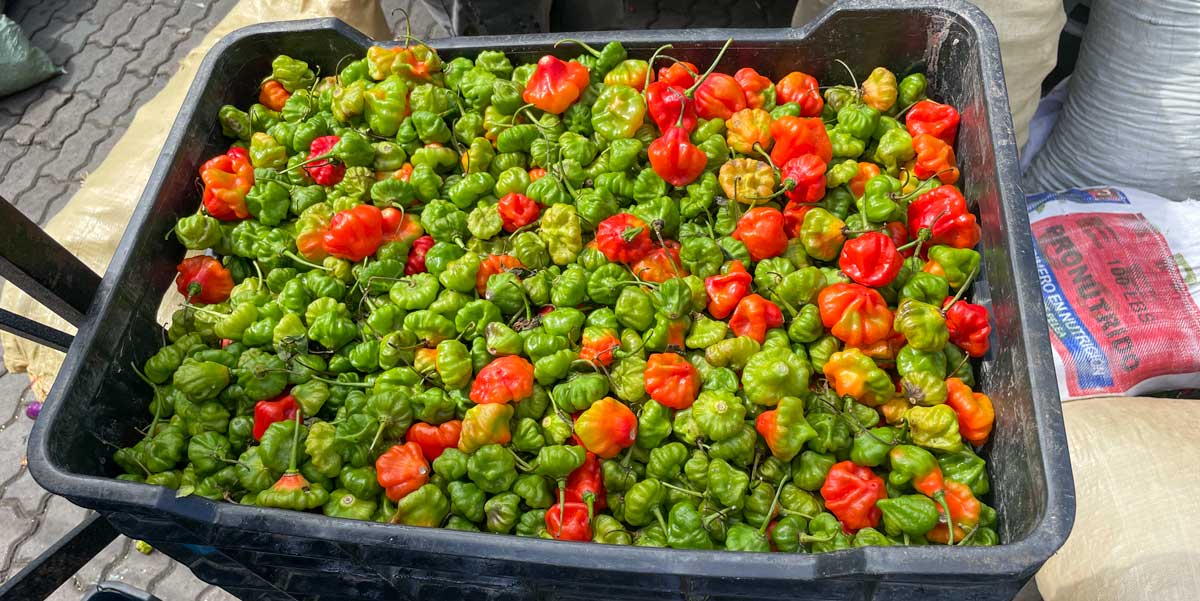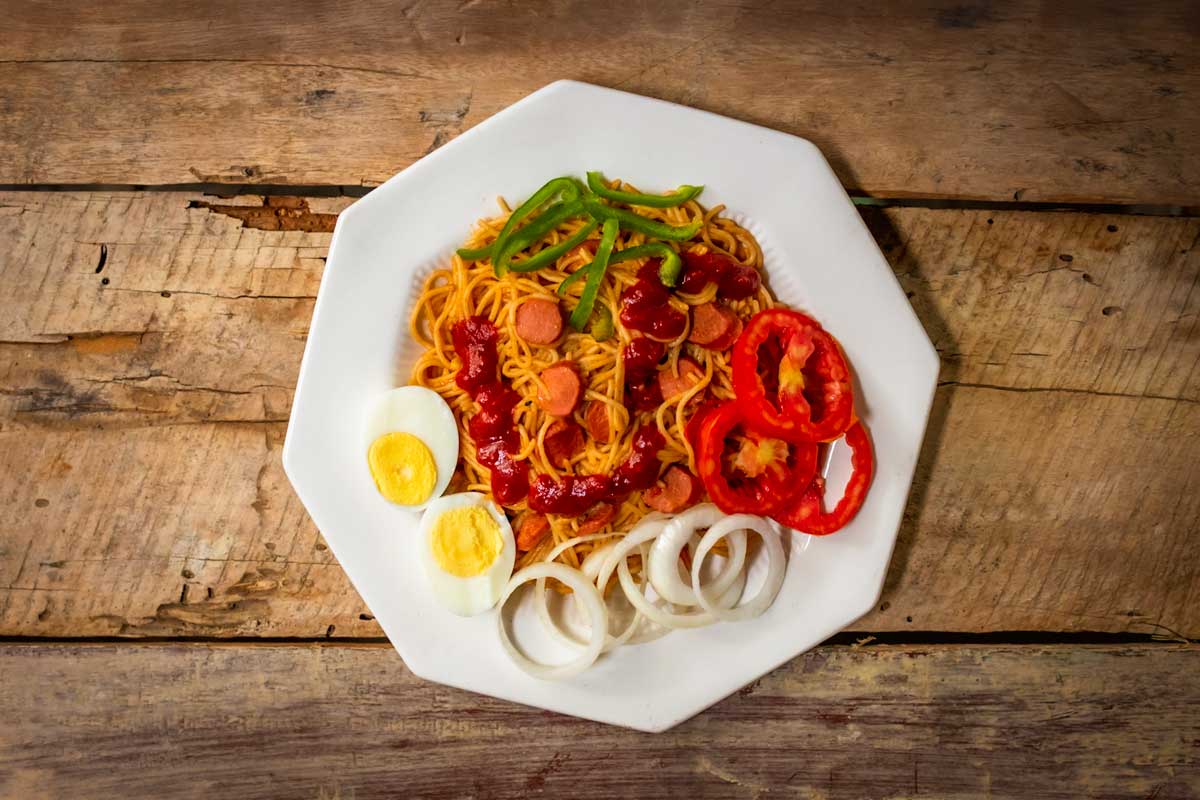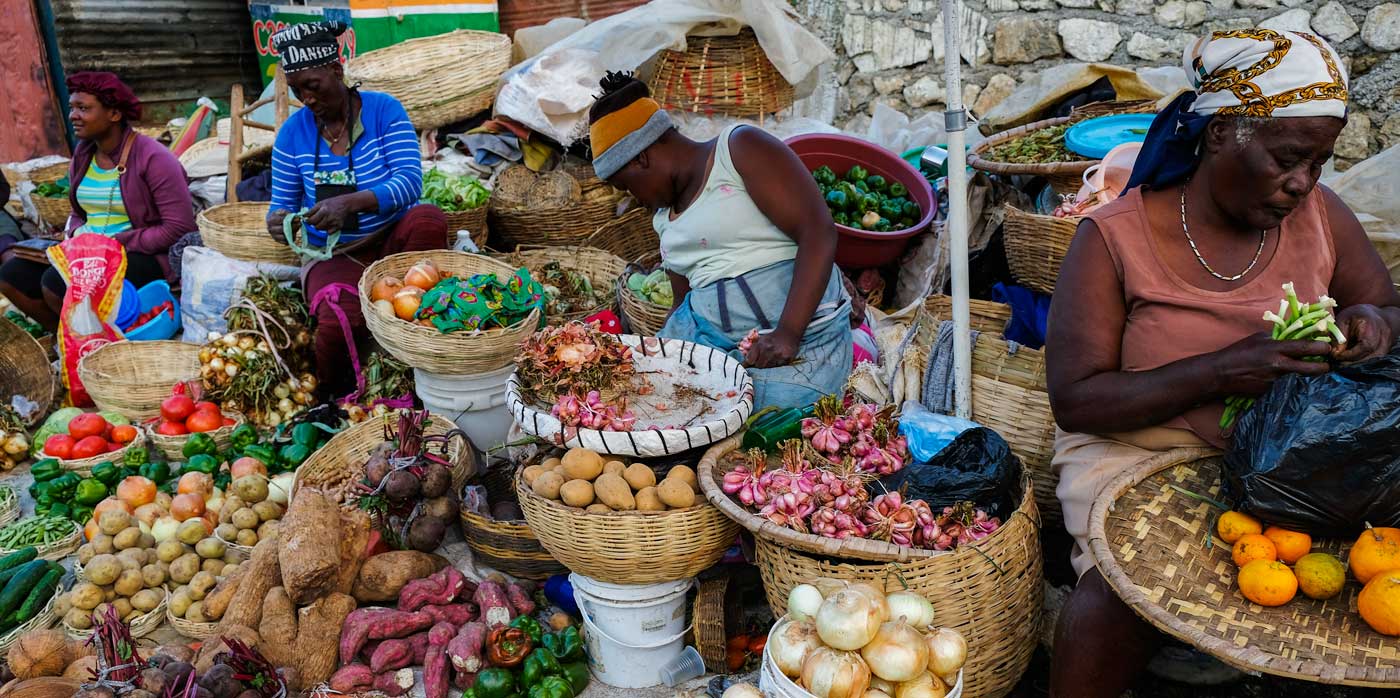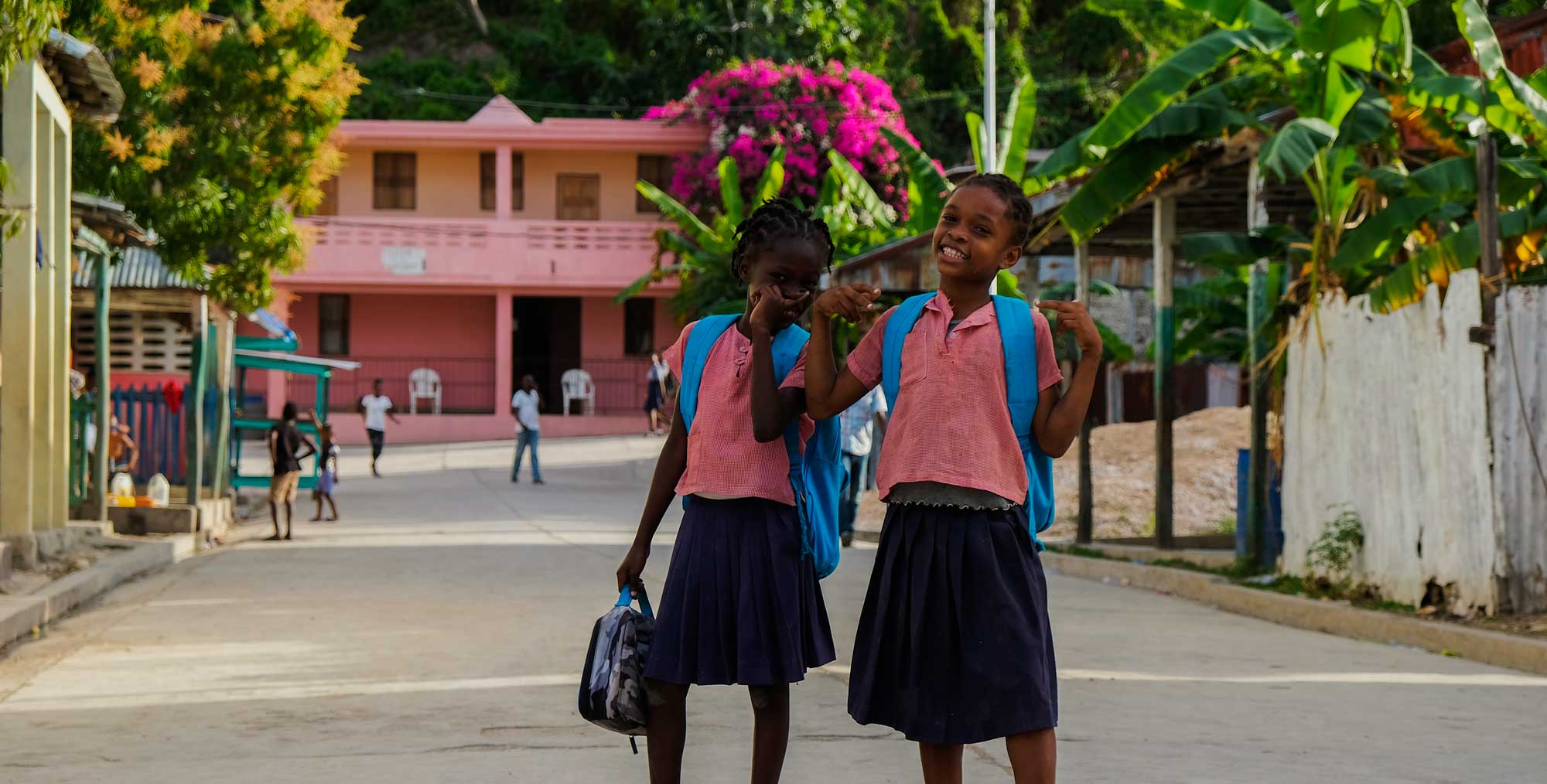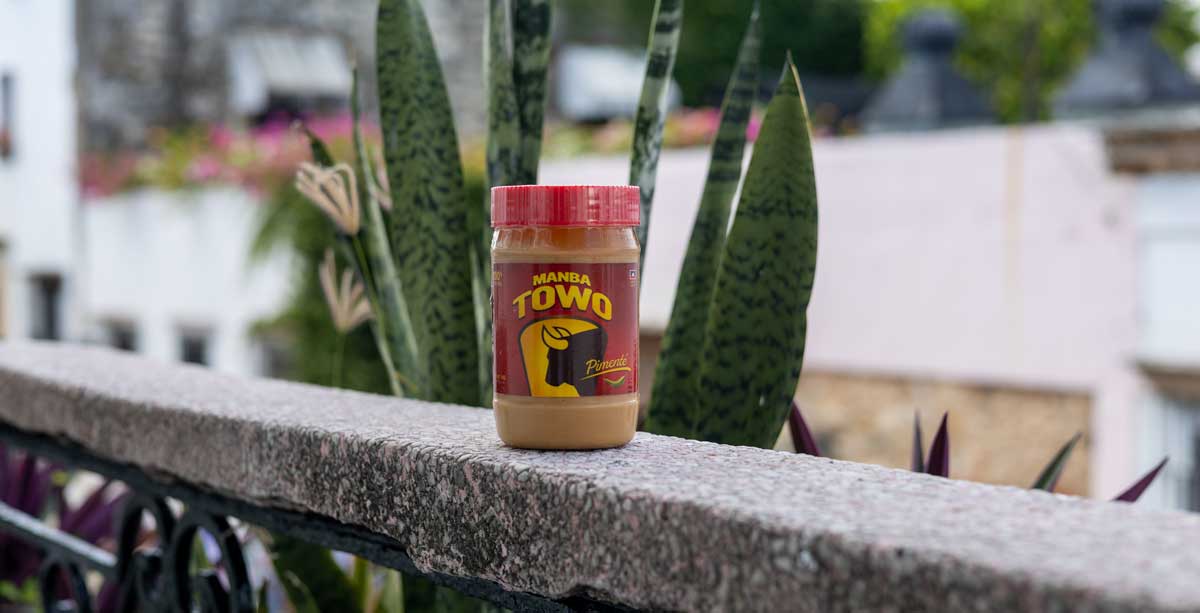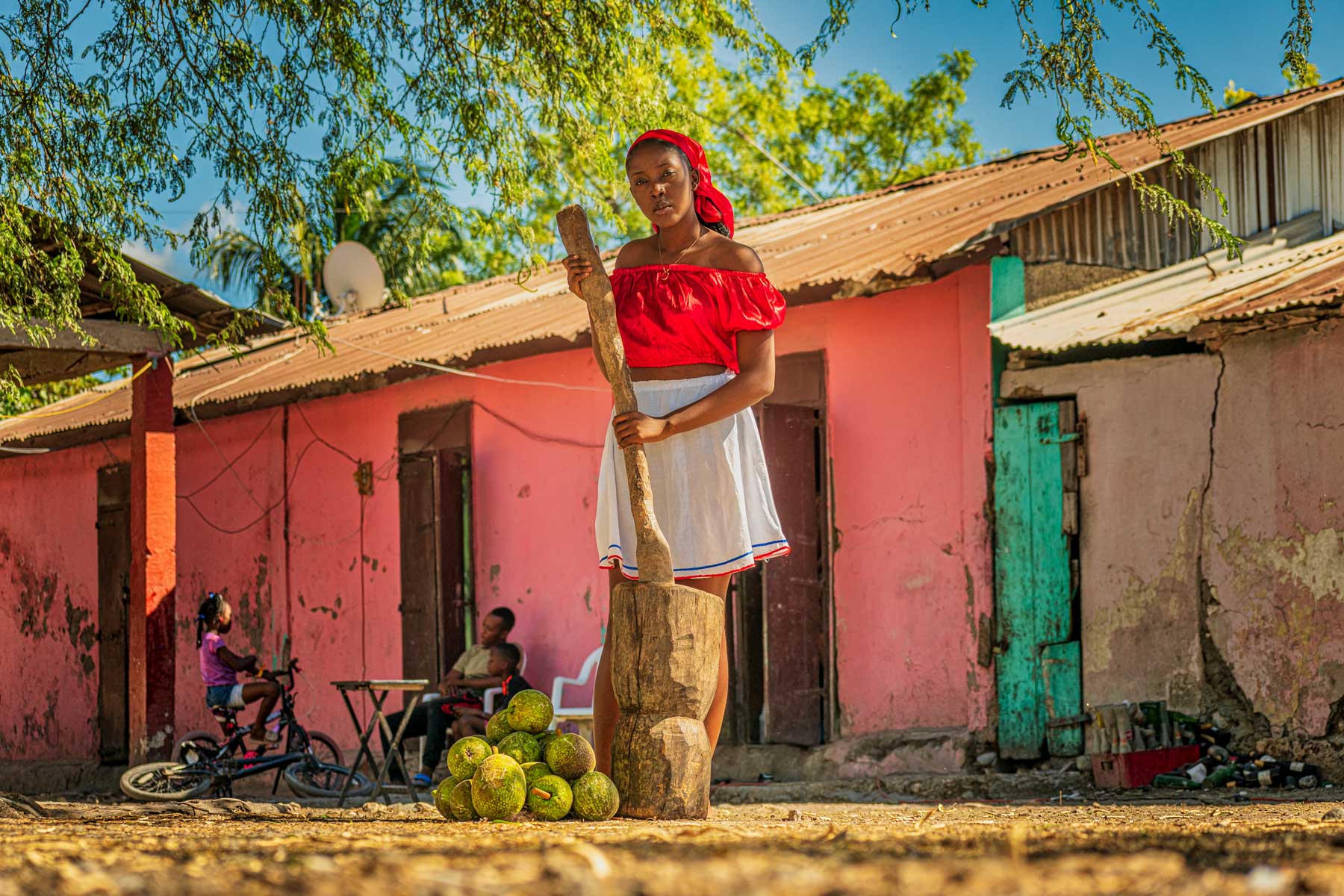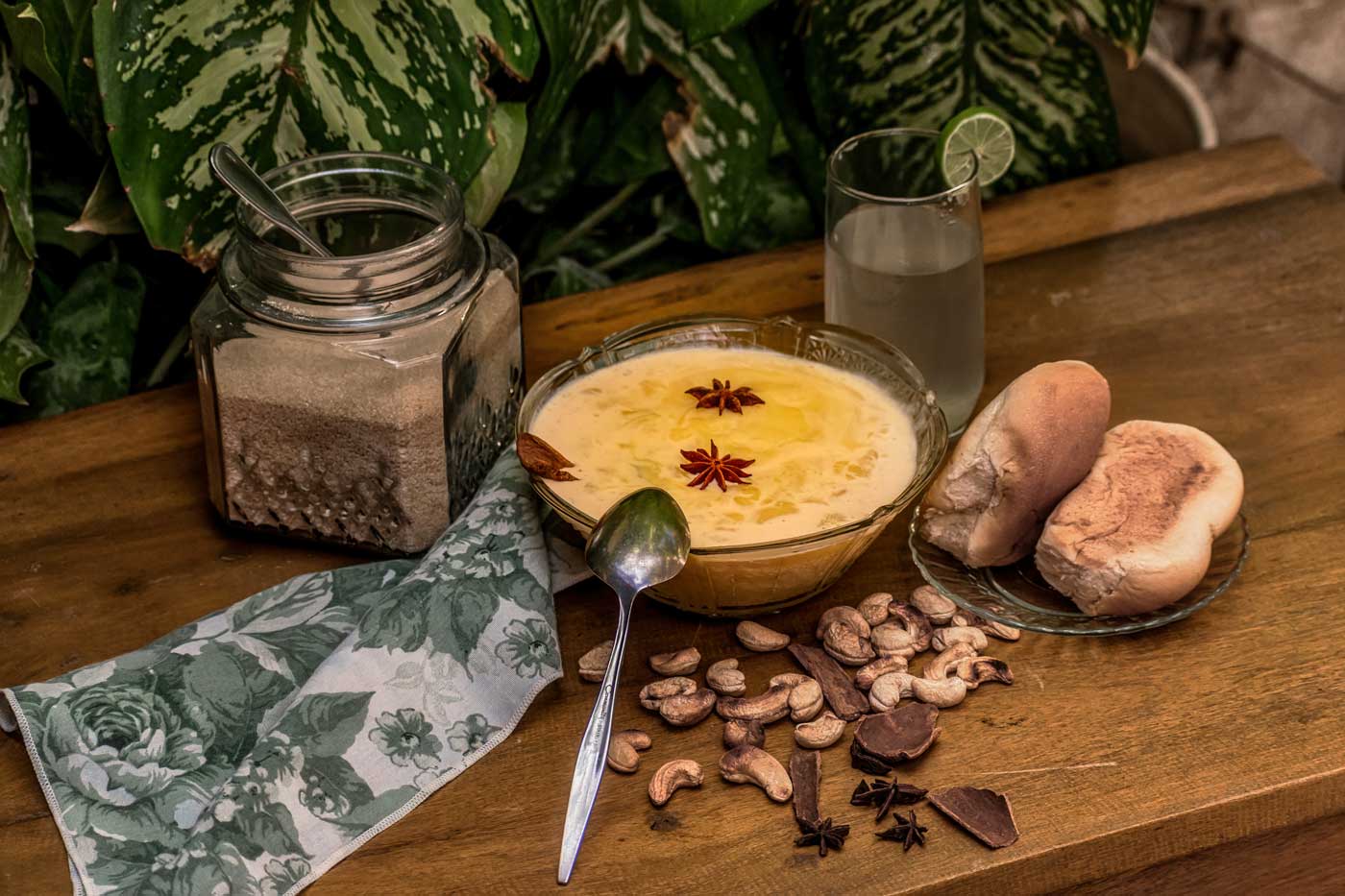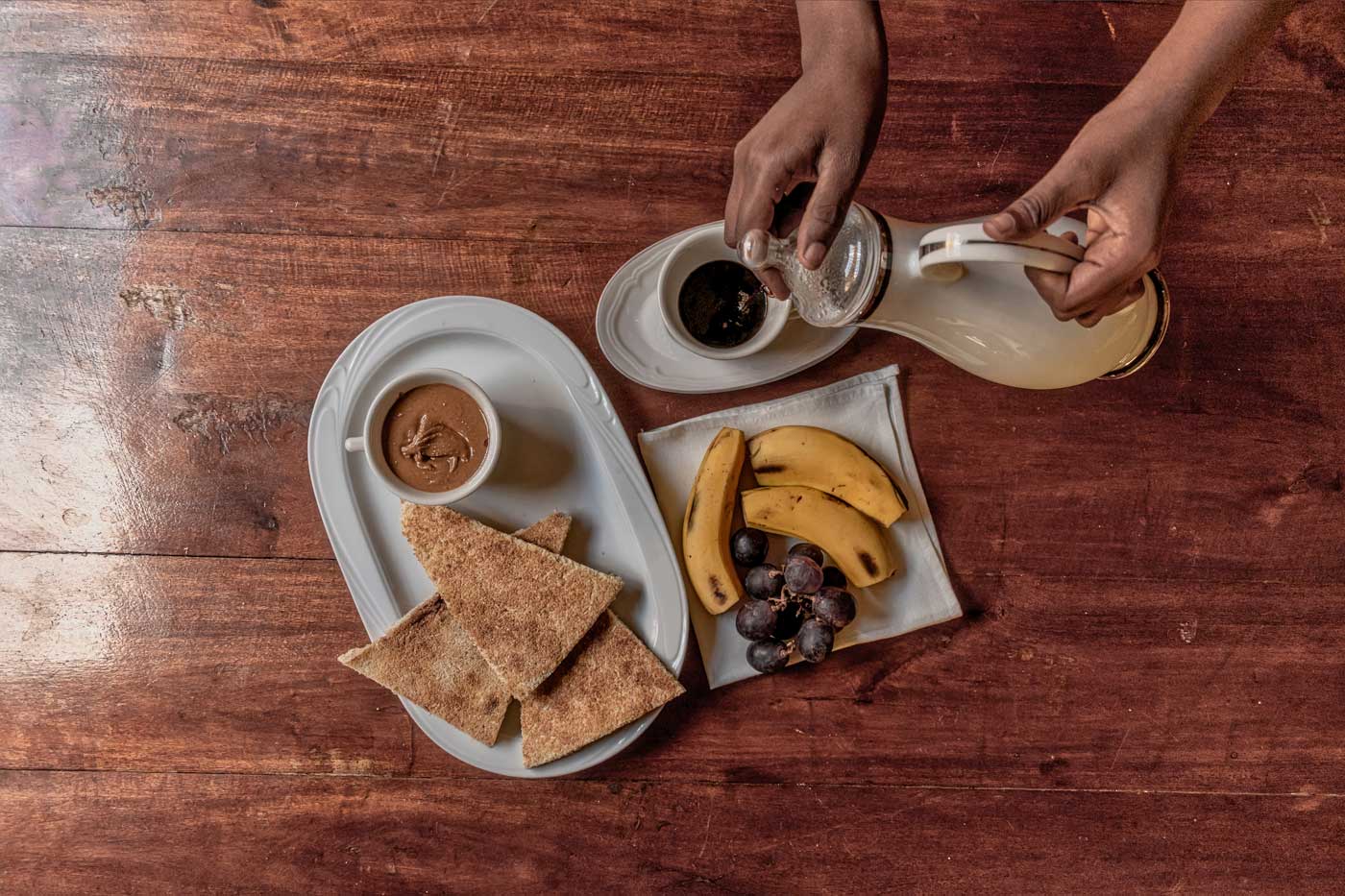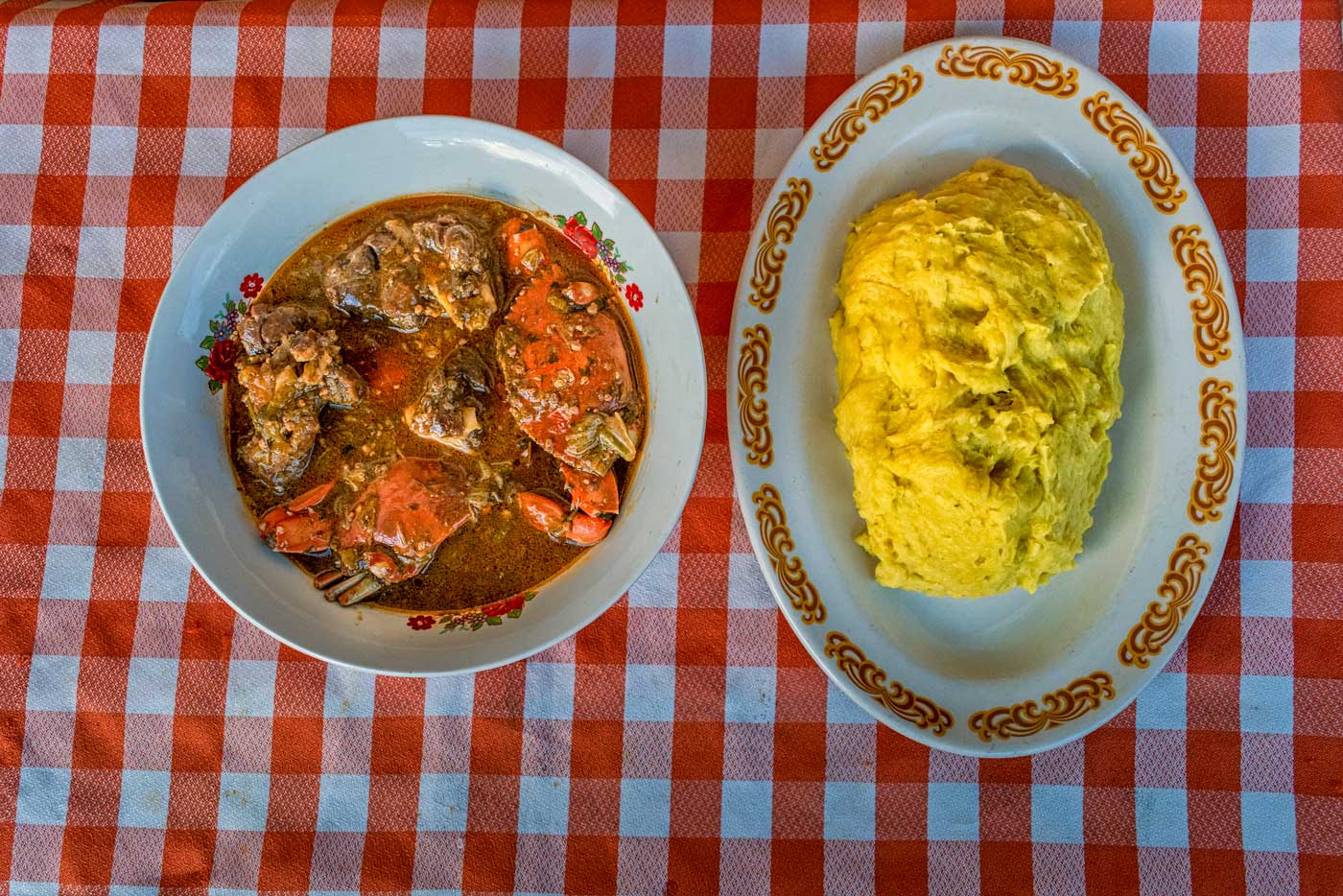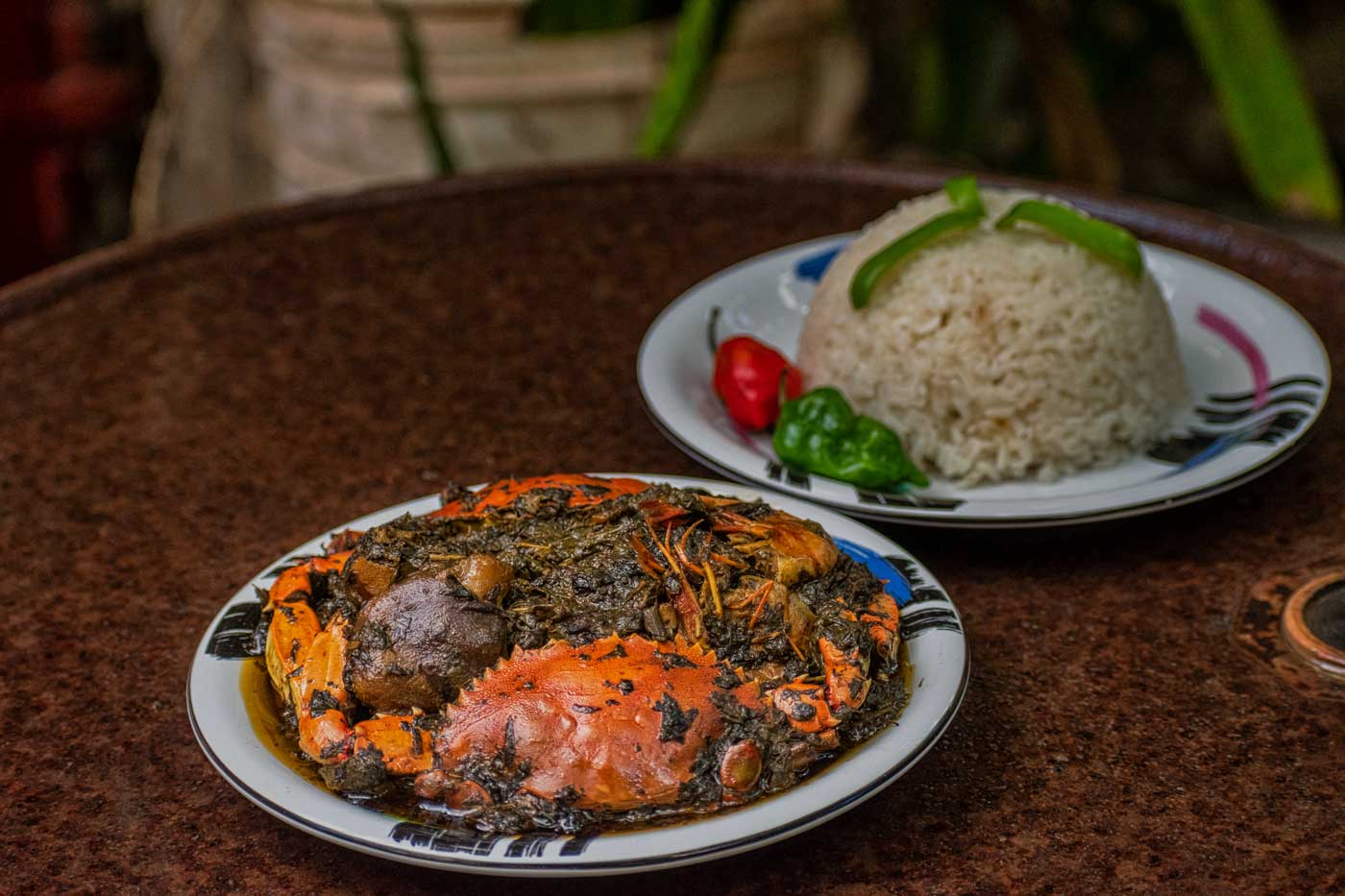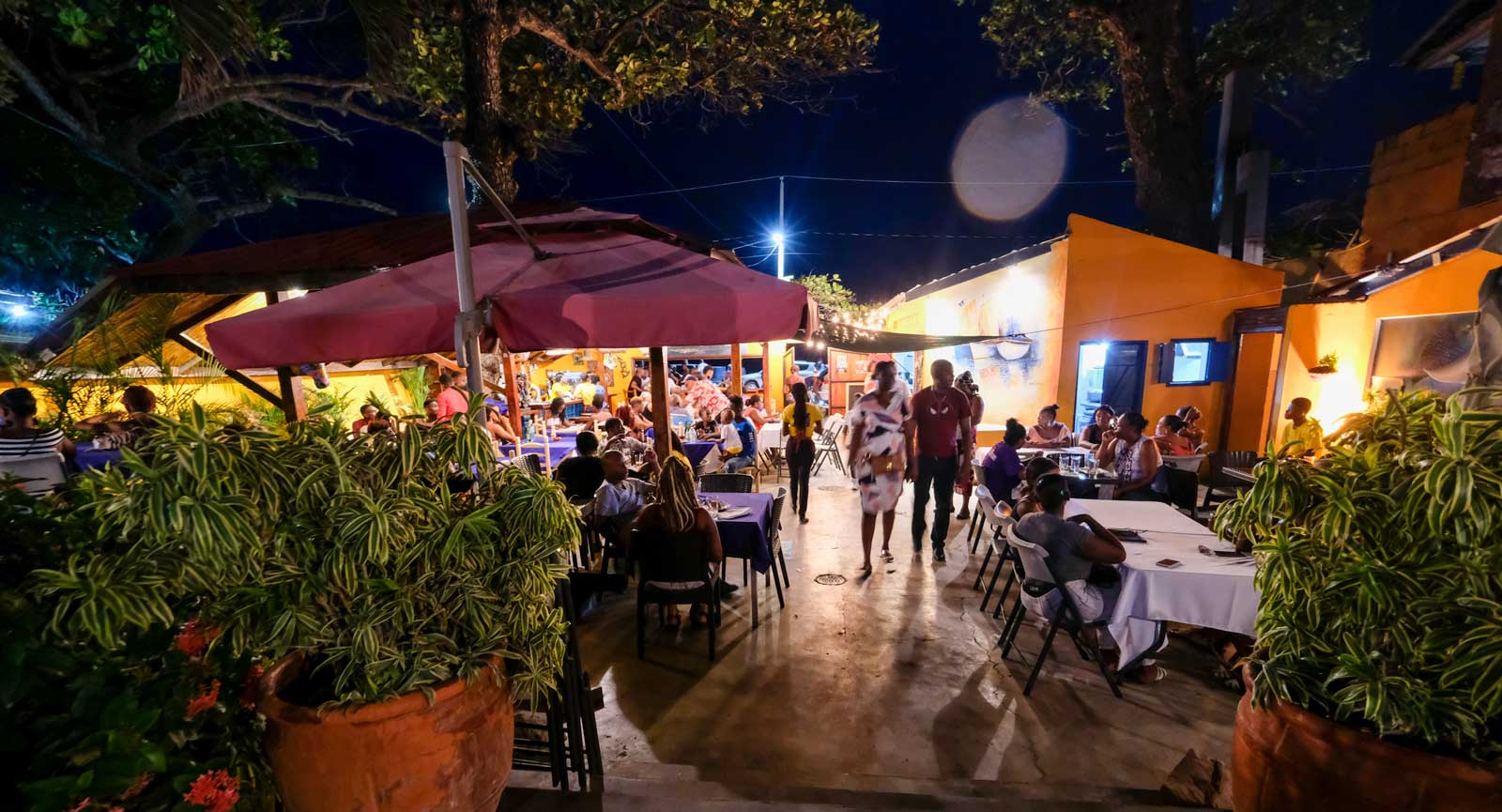
Photo: Franck Fontain
Our Favorite Restaurants in Cap-Haïtien
From seaside grills to cozy cafés, Cap-Haïtien is full of incredible places to eat. Whether you’re craving fresh seafood, a perfect cup of coffee, or a classic Haitian dish, here are our top picks!
At Visit Haiti, we believe that food is one of the best ways to experience a new culture. After all, what better way to understand a place than through its flavors?
Haitian cuisine is more than just food—it’s a reflection of history, geography, and tradition, full of bold flavors and creative twists. Take akasan, for example—a creamy corn porridge that traces back to the island’s first Taíno inhabitants and has since become a Haitian breakfast staple.
To help you navigate the flavors of northern Haiti, we’ve rounded up some of the best places to eat in Cap-Haïtien. Whether you’re in the mood for seafood, burgers, or a strong cup of coffee, here’s where to go.
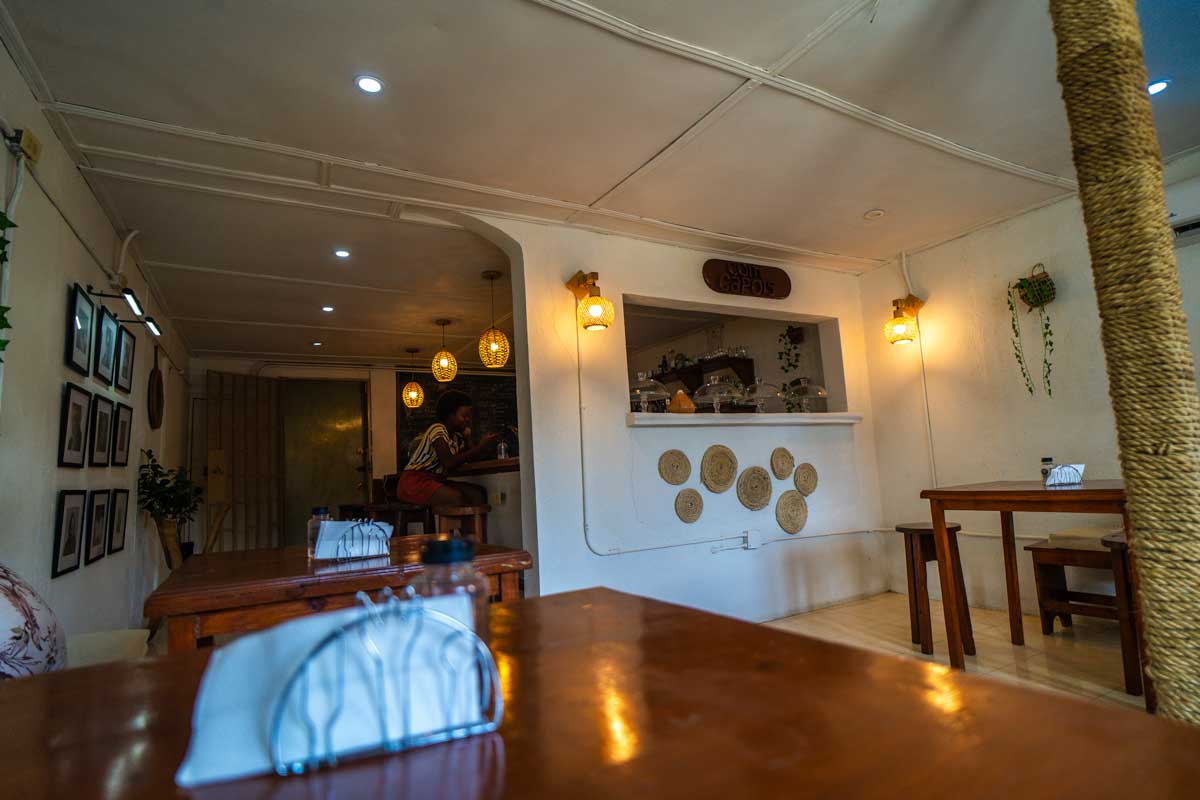
Photo: Jean Oscar Augustin
1. Coin Capois
Did you know that the best coffee comes from high altitudes? The higher the elevation, the richer the flavor—and Coin Capois knows it well. That’s why they serve one of the most flavorful coffees in town, perfect for starting your day or enjoying a mid-afternoon break.
If you love cozy, minimalist spaces, this café is the ideal spot to meet up with friends, family, or even enjoy a quiet meal alone.
Though rooted in Haitian flavors, the menu also features international options, including the classic American-style hamburger—so if you’re not quite ready to dive into local cuisine, you’ll still feel right at home.
Our recommendations: Try the Capois Burger or Kap Burger, which perfectly balance Haitian flavors with local ingredients and an international twist.
Have a sweet tooth? You’re in luck. Coin Capois offers donuts, raisin bread, pain au chocolat, banana bread, and cupcakes—plenty of options to satisfy your cravings.
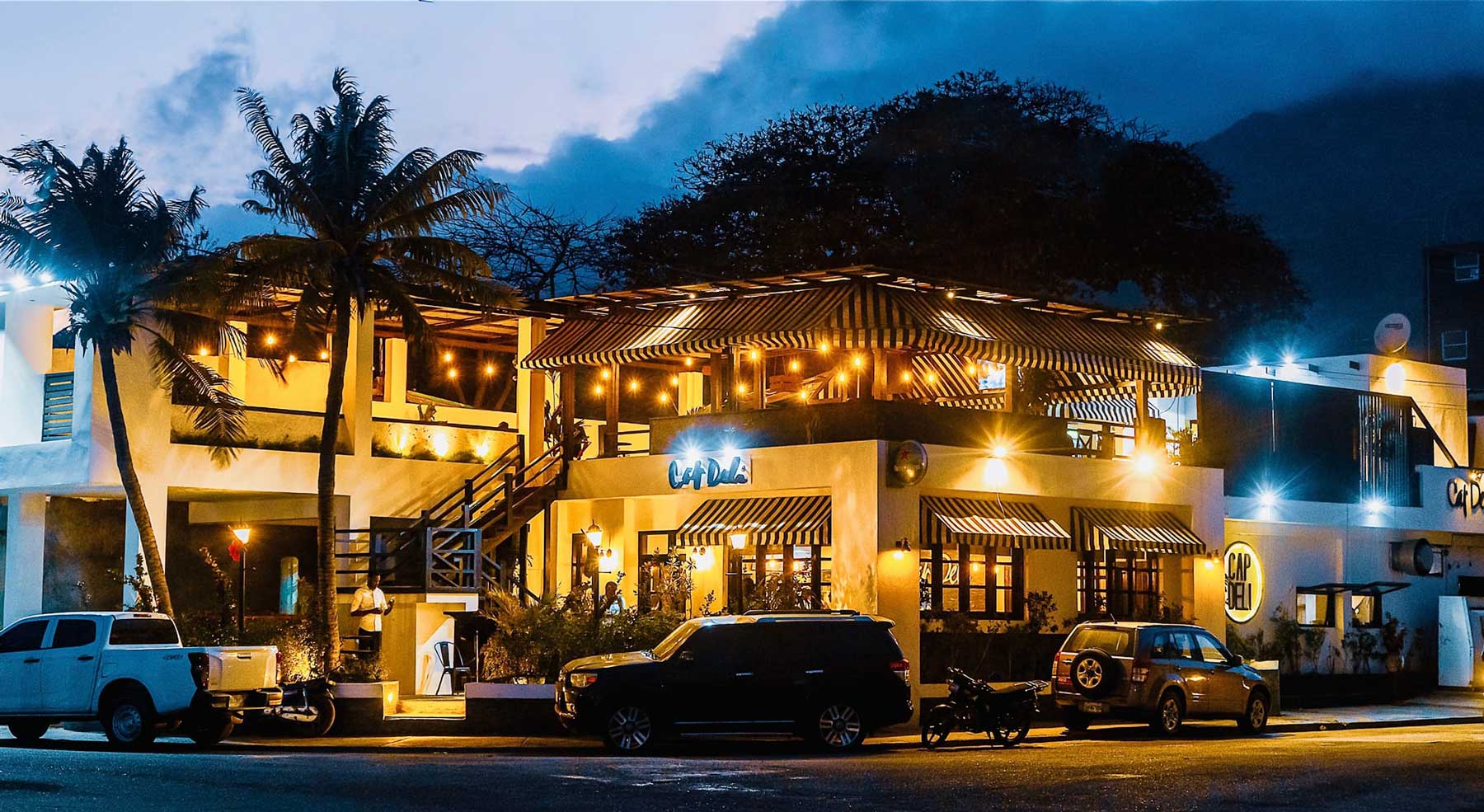
Photo: Cap Deli
2. Cap Deli
If you’re looking for great food with a side of good vibes, Cap Deli is the place to be.
With DJs from all over Haiti setting the mood, this spot is just as much about the atmosphere as it is about the food. Whether you’re here for a casual meal or a night out with friends, Cap Deli delivers flavor and energy in equal measure.
The modern decor and friendly staff are a plus, but the real draw is the menu—a mix of comfort food and bold flavors that keep people coming back.
Our recommendations: Try the Meat Overloaded Fries, Seafood Pizza, Griot Pizza, or for something truly special, the Bouillon Pêcheur—a rich seafood and vegetable stew that’s packed with flavor.
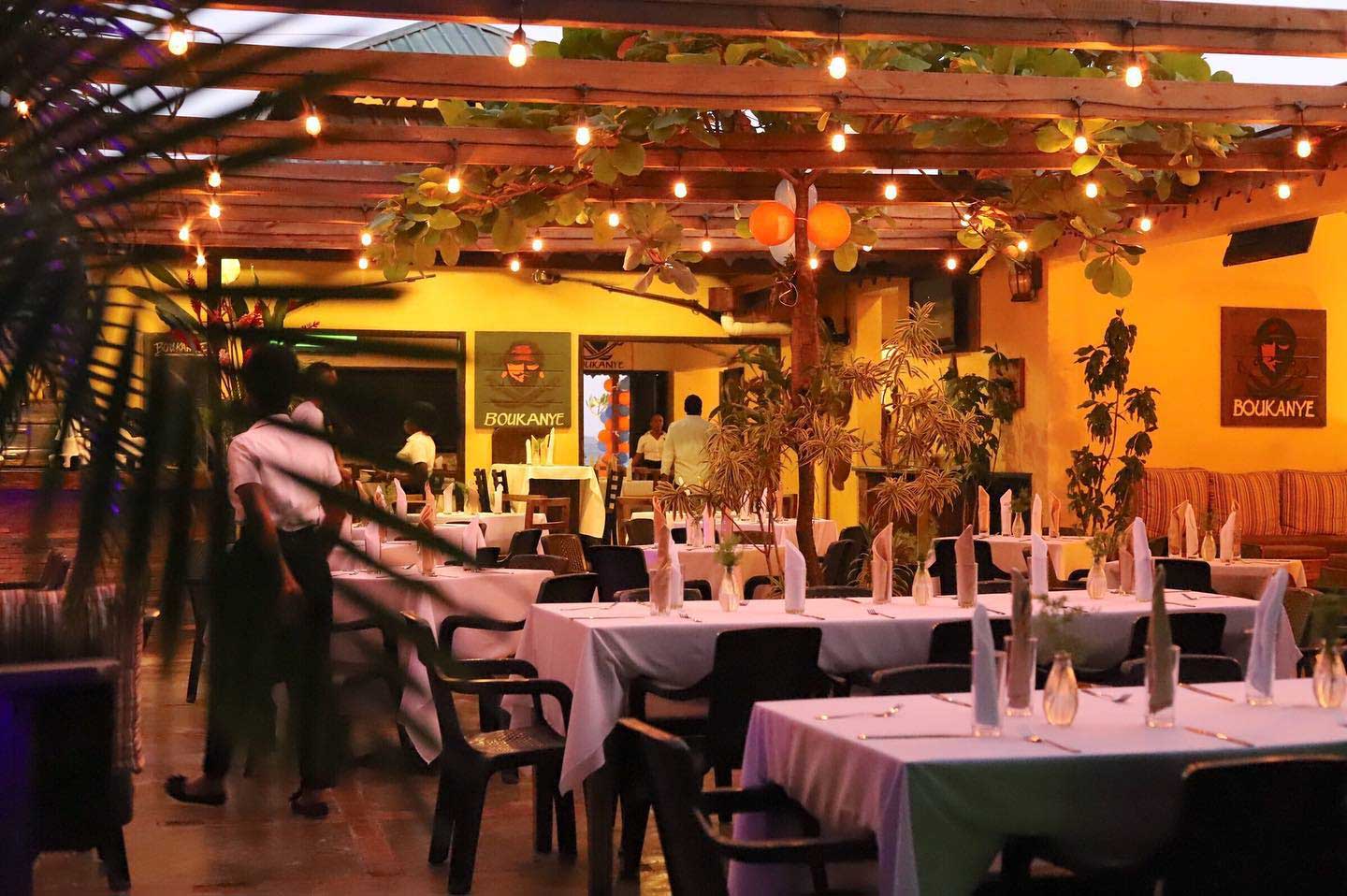
Photo: Boukanye
3. Boukanye
If you’re looking for a spot to enjoy a meal with an ocean view, Boukanye is the place to be. True to its name, this nautical-themed restaurant draws inspiration from privateers and buccaneers, creating a setting that’s both unique and authentic.
Like many restaurants on this list, Boukanye offers a daily special, making it easy to sample local flavors. But what really sets the menu apart is its playful nods to Haitian culture and language. Don’t hesitate to ask your server or guide for explanations—just be ready for a few laughs, as some dish names have unexpected double meanings.
Take “Tibèf”, for example—it translates to “veal”, but in Haitian Creole slang, it can have a completely different connotation.
Our recommendations: Try the spaghetti for breakfast, the daily special for dinner. (Curious why Haitians love hearty breakfasts? We talk about it in our fun facts about Haiti article!).
Want the full Boukanye experience? Come on a Saturday night for “Saturday Vibes”, when the energy is at its peak.
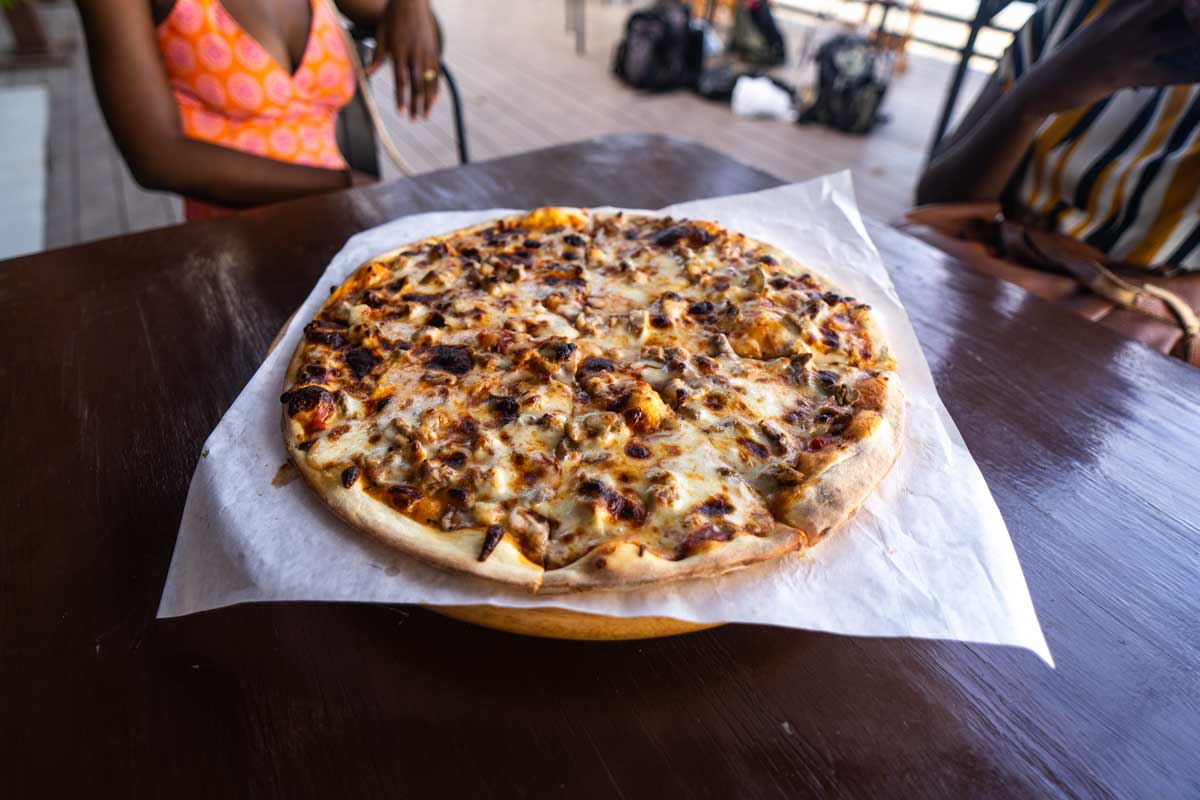
Photo: Jean Oscar Augustin
4. Potiwa
Do you love pizza? Trick question—everyone loves pizza! But if you’re one of those people who think Italy is the only place to find the best pizza, then you clearly haven’t been to Potiwa.
At Visit Haiti, we don’t just talk about food—we talk about art. And Potiwa’s chefs are true artists, crafting unexpected yet mouthwatering flavor combinations that push the boundaries of traditional pizza.
From the Herring Pizza—yes, a pizza topped with Haiti’s beloved herring—to the Haitian Vegetarian Pizza, there’s something for every kind of foodie.
Oh, and did we mention the terrace with a view of the boulevard and passing crowds? It’s the perfect place to enjoy your meal while soaking in the energy of Cap-Haïtien.
Our recommendation: The Griot Pizza with a light crust—a perfect balance of crunch and tenderness.
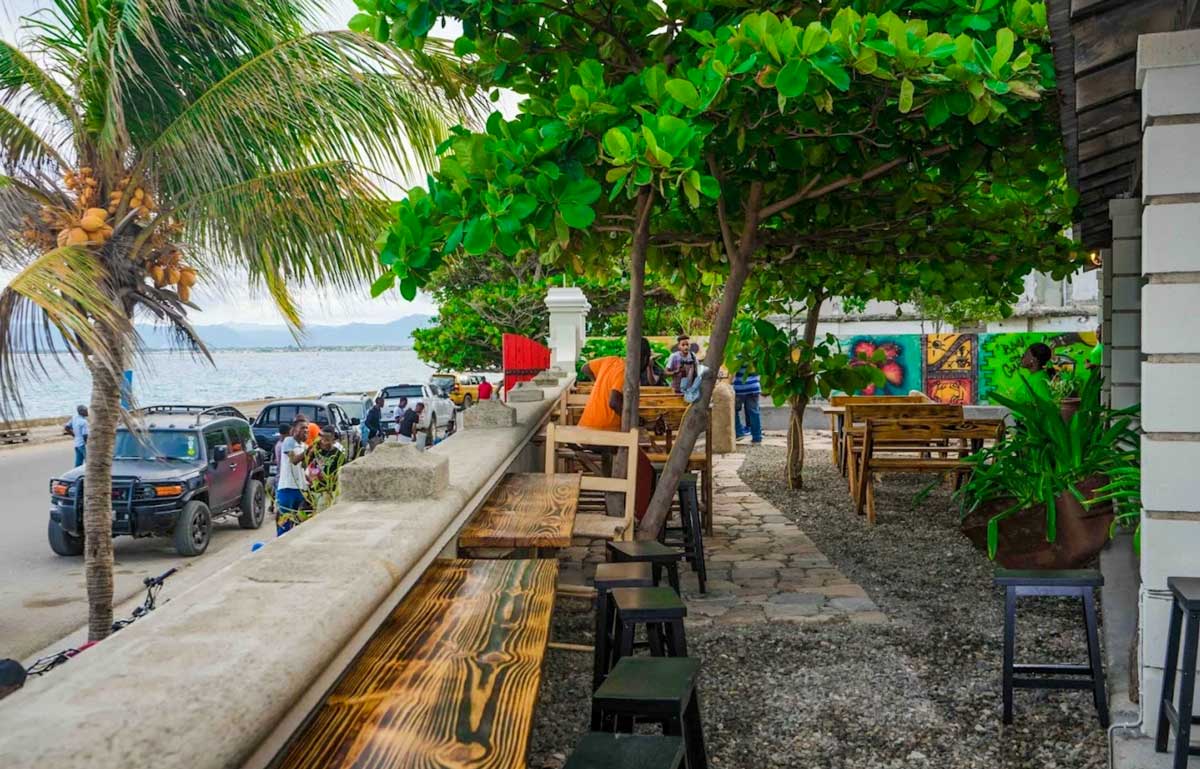
Photo: Gwòg
5. Gwòg
The name Gwòg literally means “alcohol” in Haitian Creole, making this spot a go-to for those who enjoy laid-back, stylish, and intimate settings that blend modernity with local traditions.
Here, you’ll find gourmet dishes as well as simple plates like pizza, making it a perfect meeting place for all tastes.
What sets Gwòg apart is the attention to detail—from the warm welcome at the door to the personalized cocktail recommendations at the bar. Whether you’re enjoying a slow evening with friends or stopping in for a quick bite, the staff makes sure every visit feels unhurried and inviting.
Our recommendation: The delicious Amaretto Sour, made with 100% Haitian alcohol.
Written by Melissa Beralus and translated by Kelly Paulemon.
Published October 2020.
Updated March 2025.
Top things to see around Cap-Haïtien

Paradise for your inbox
Your monthly ticket to Haiti awaits! Get first-hand travel tips, the latest news, and inspiring stories delivered straight to your inbox—no spam, just paradise.




